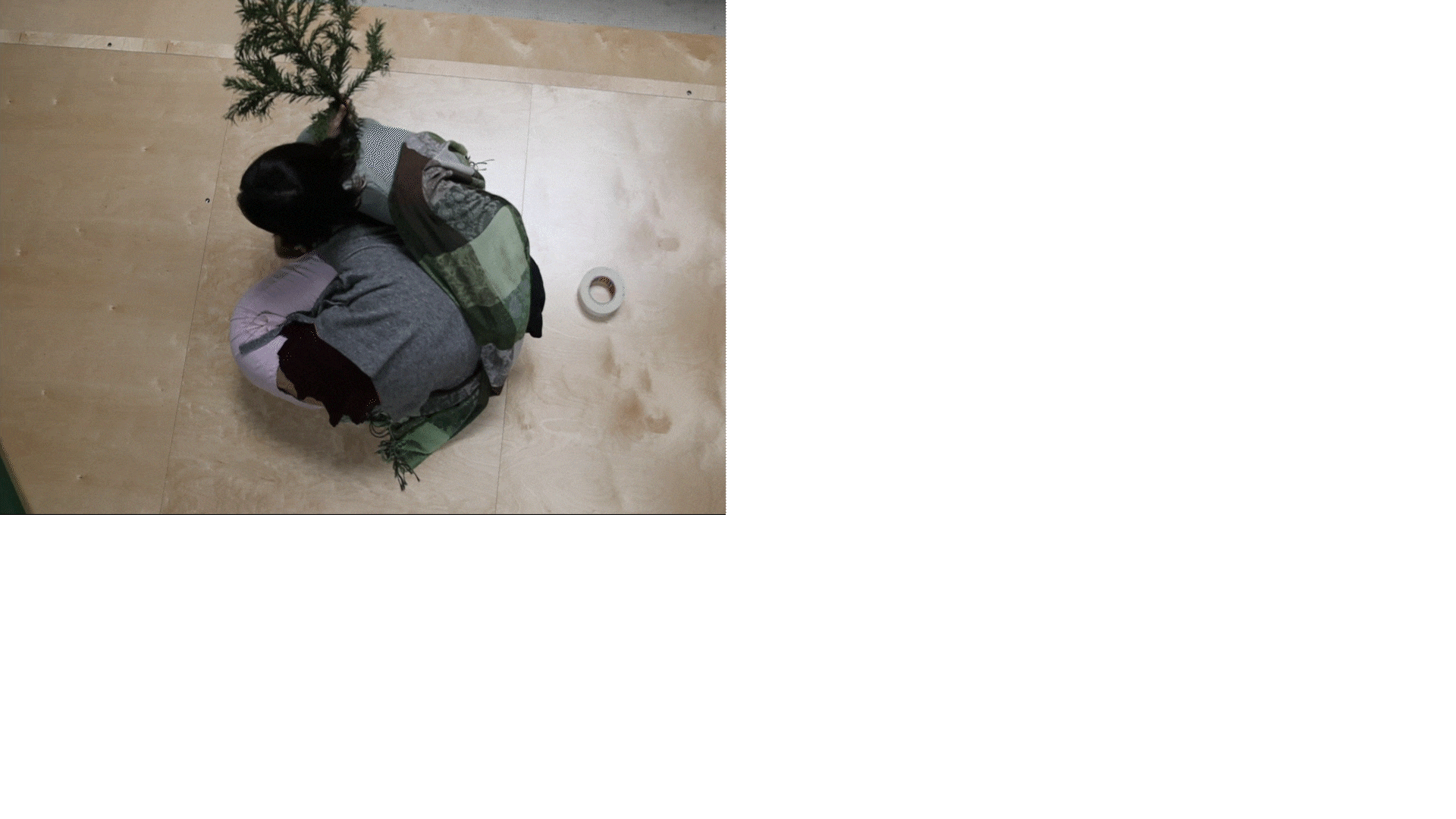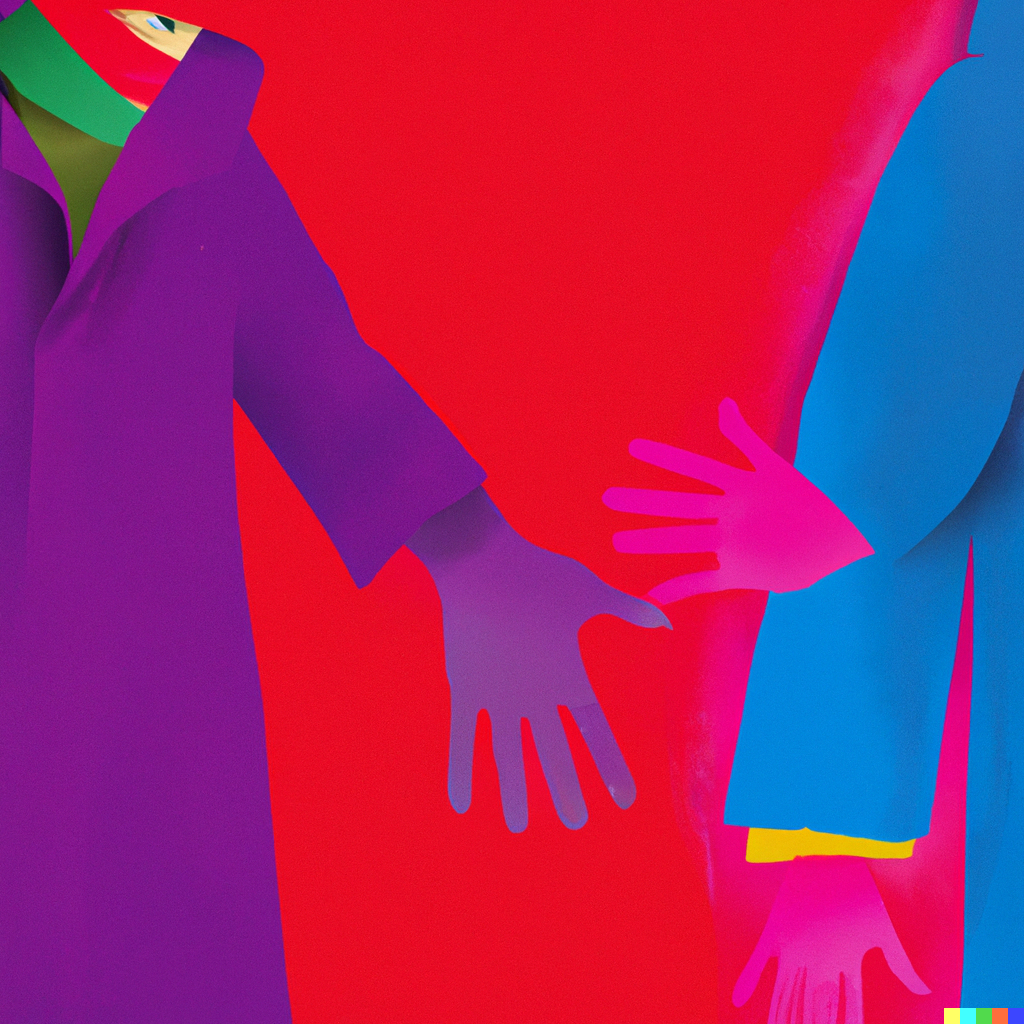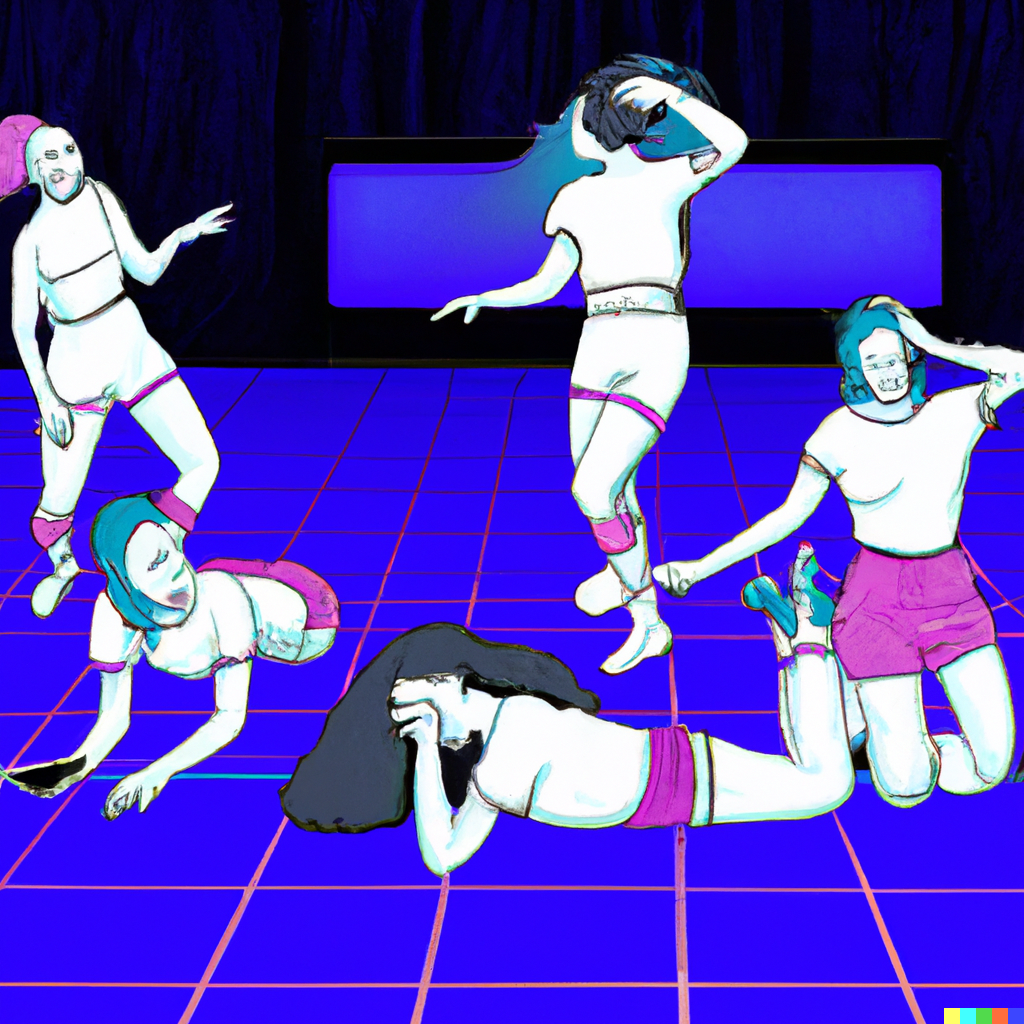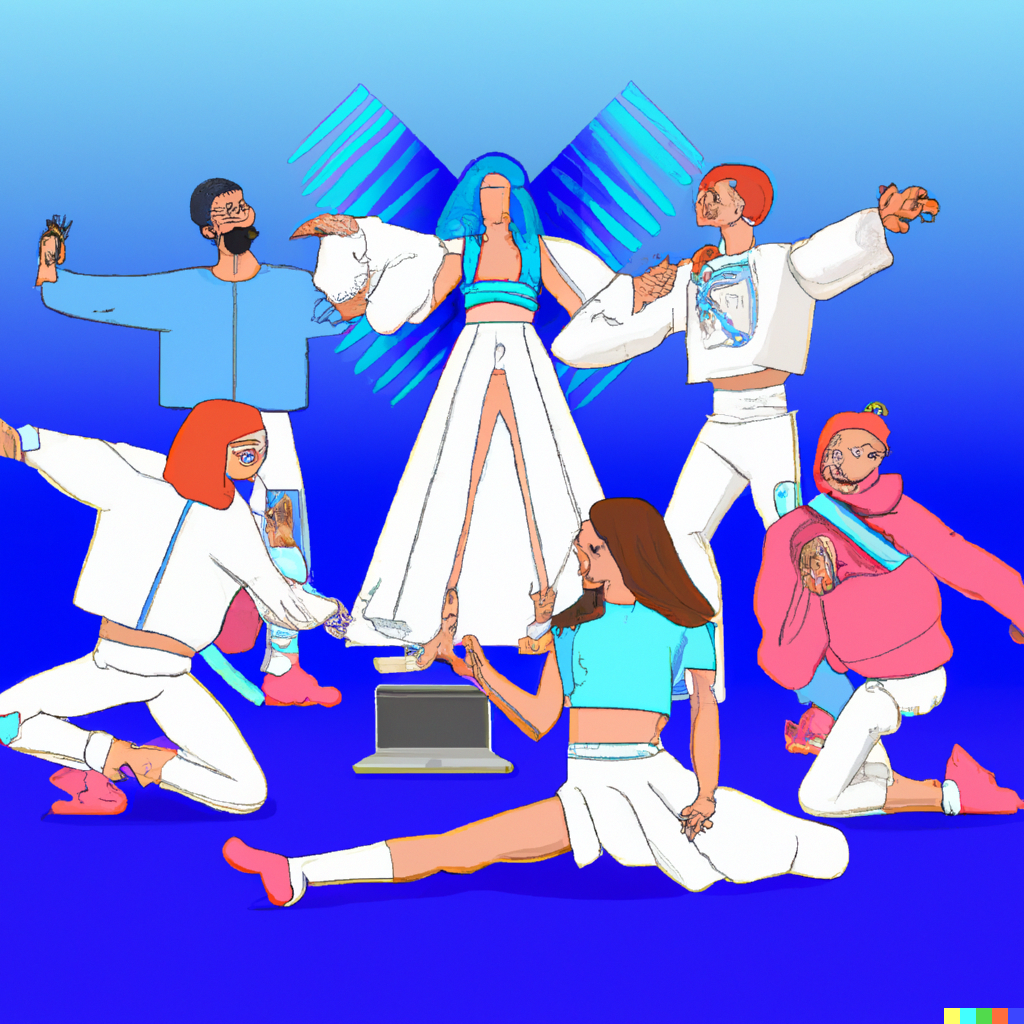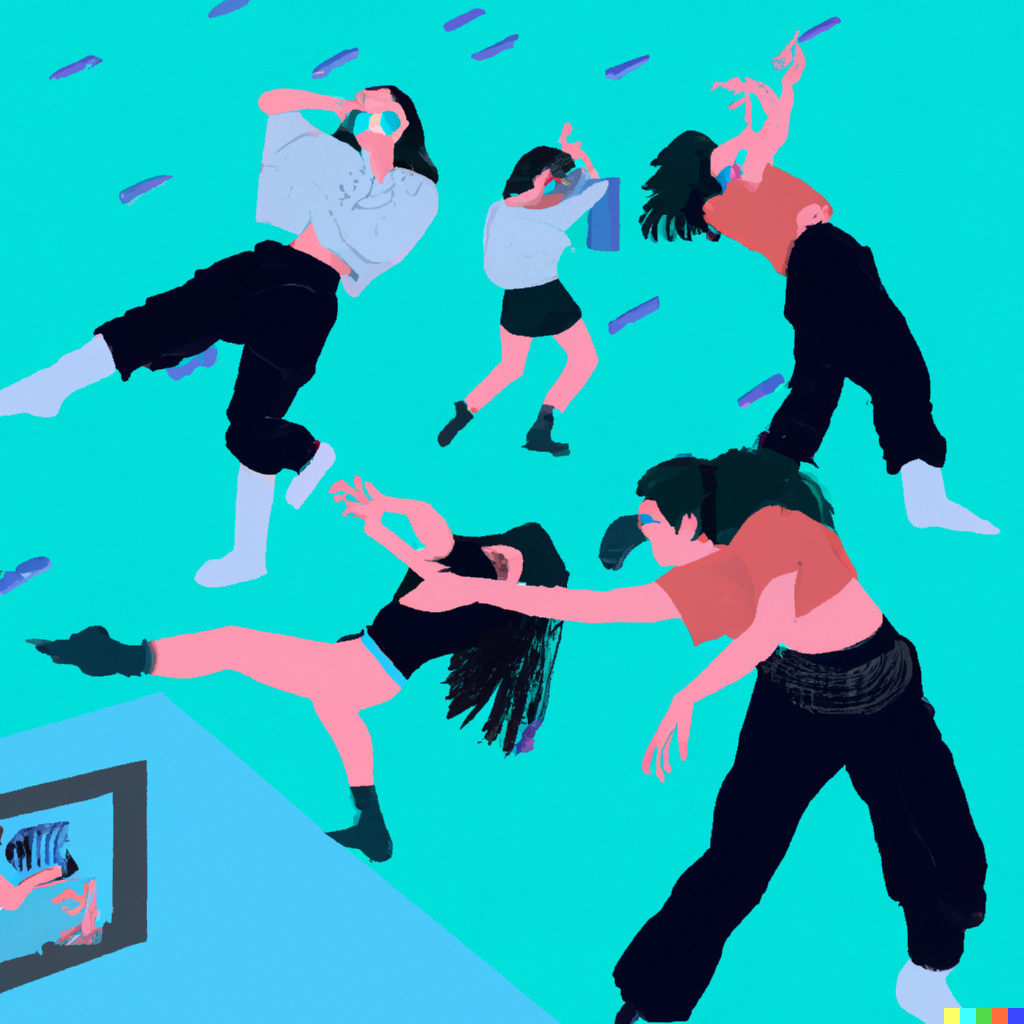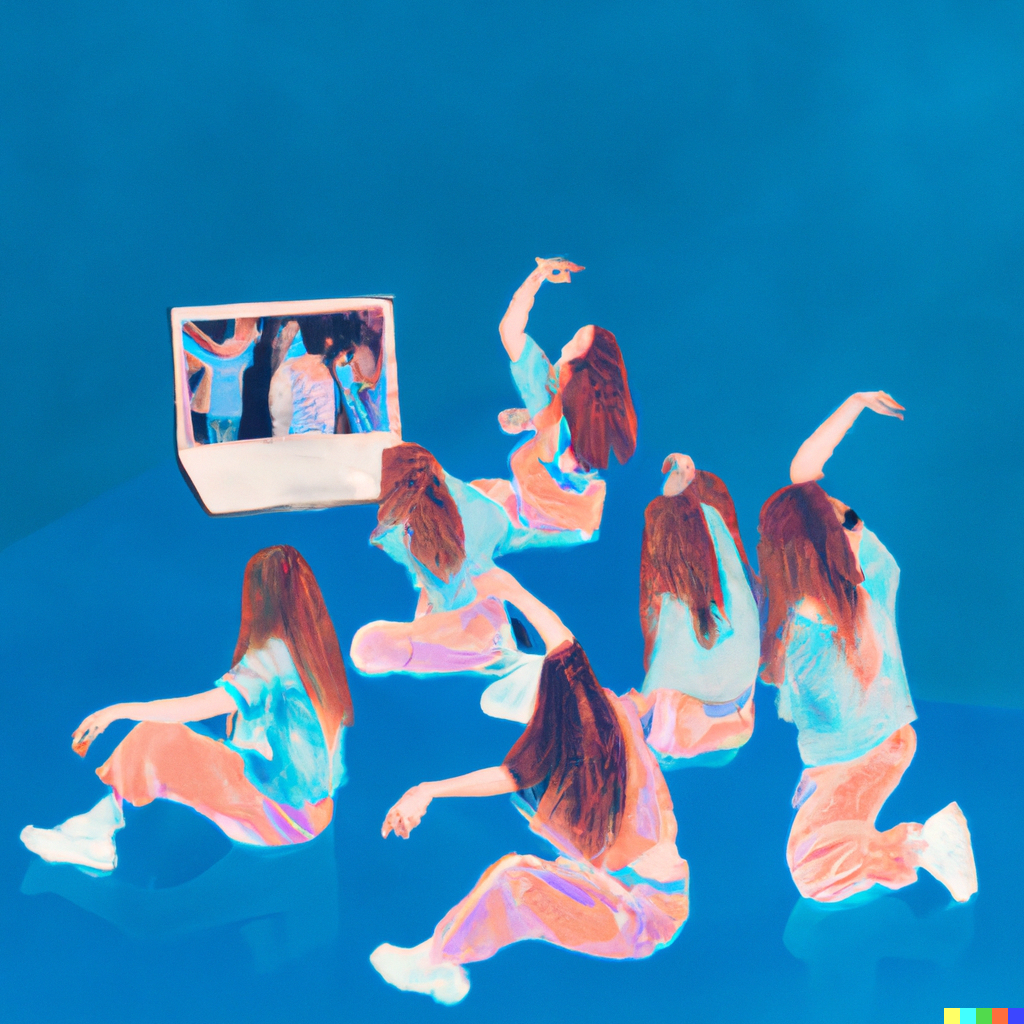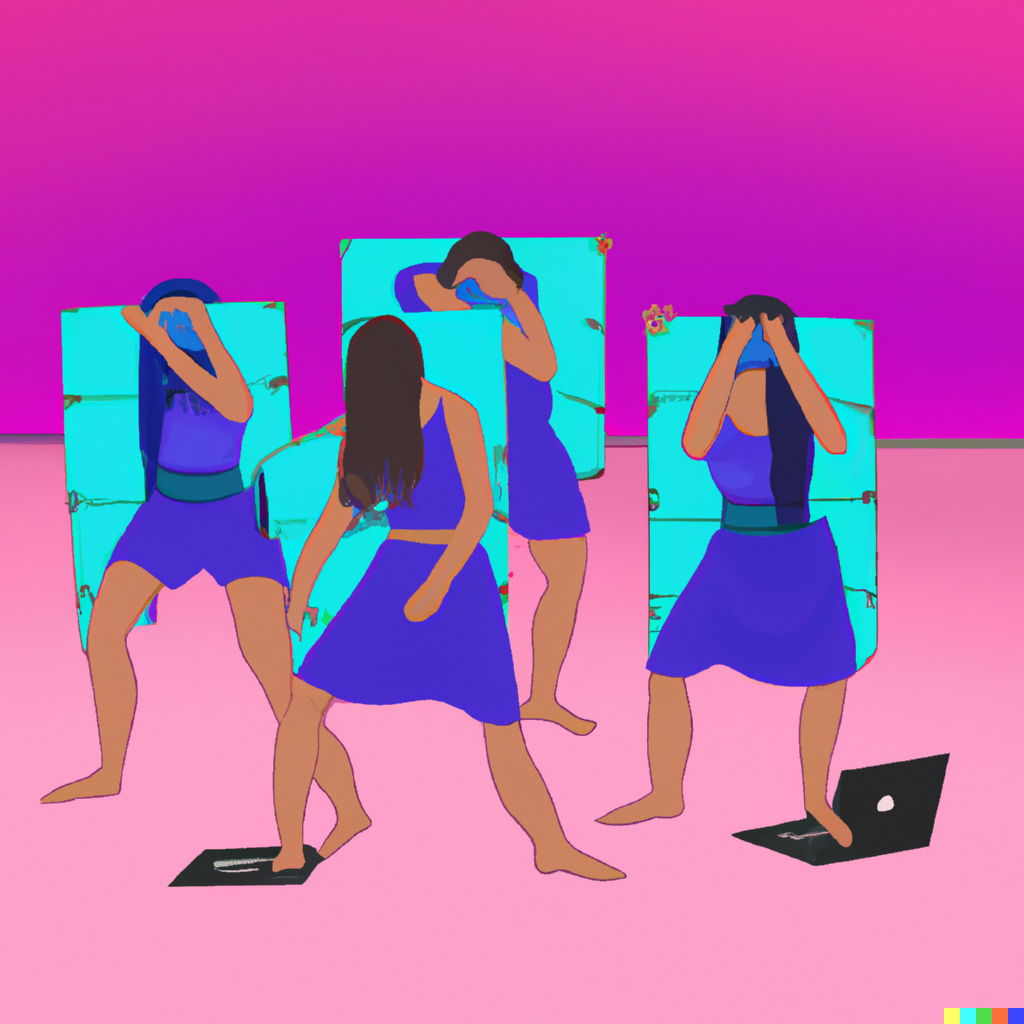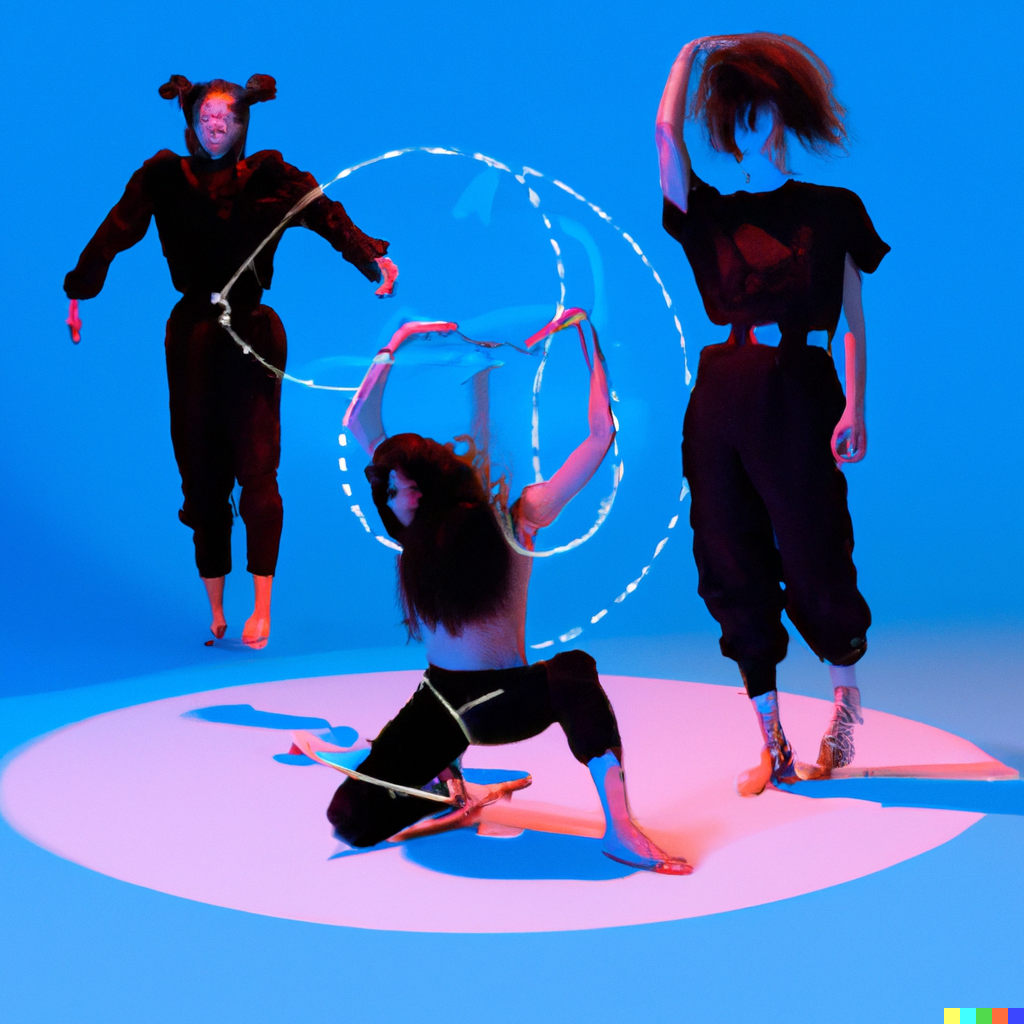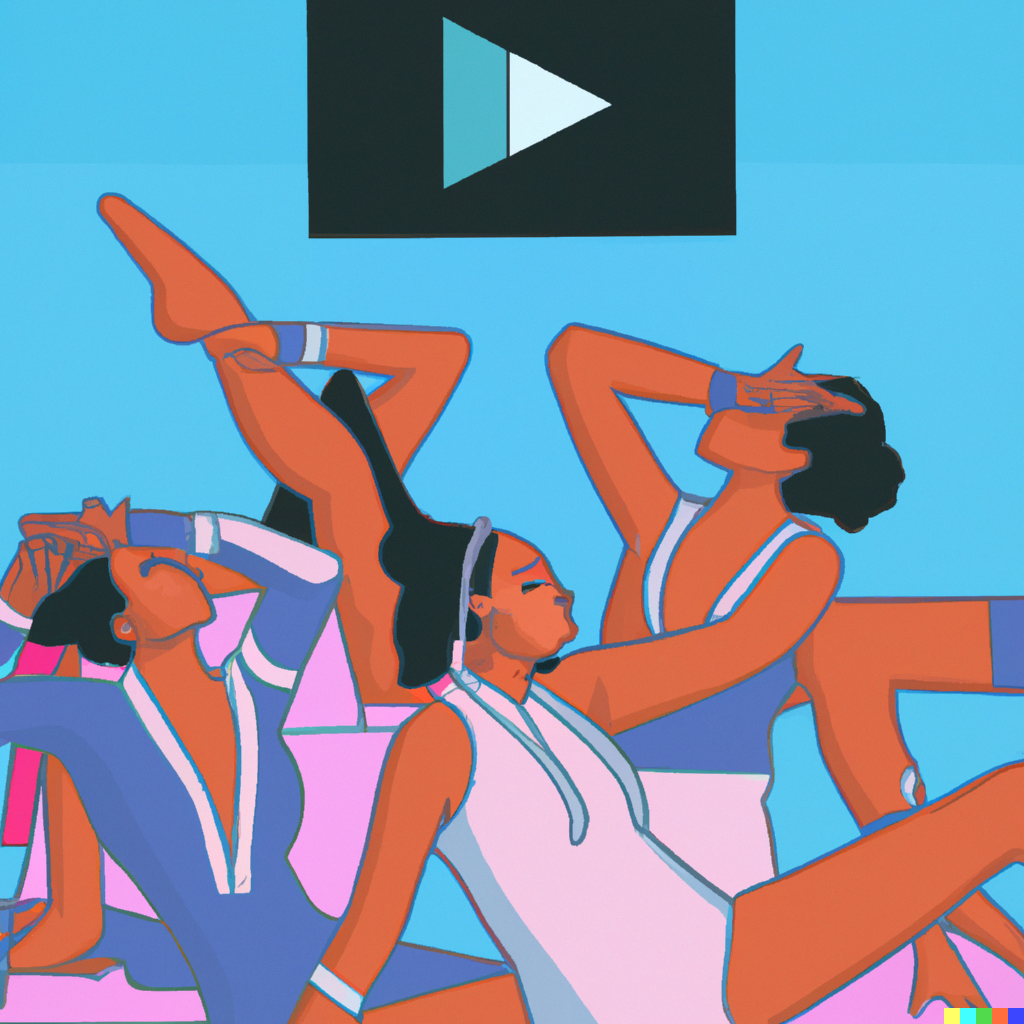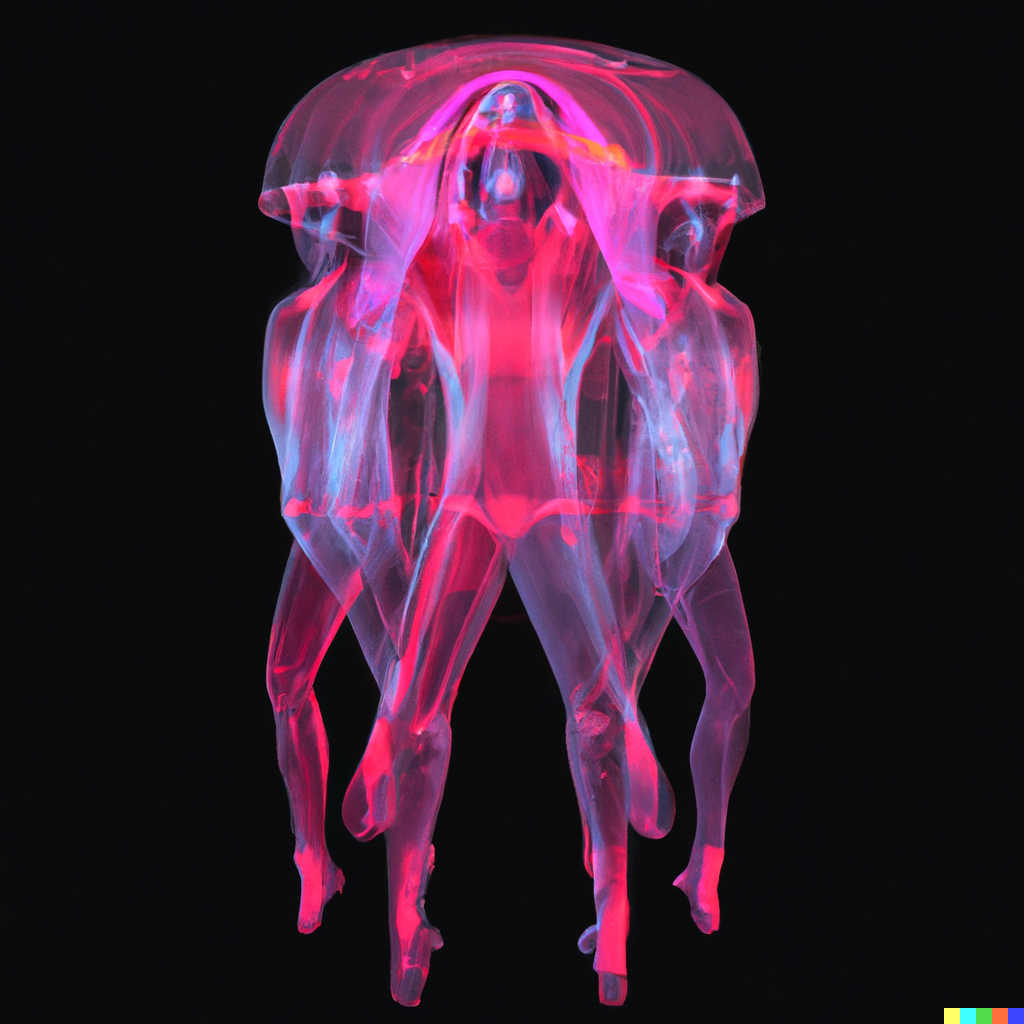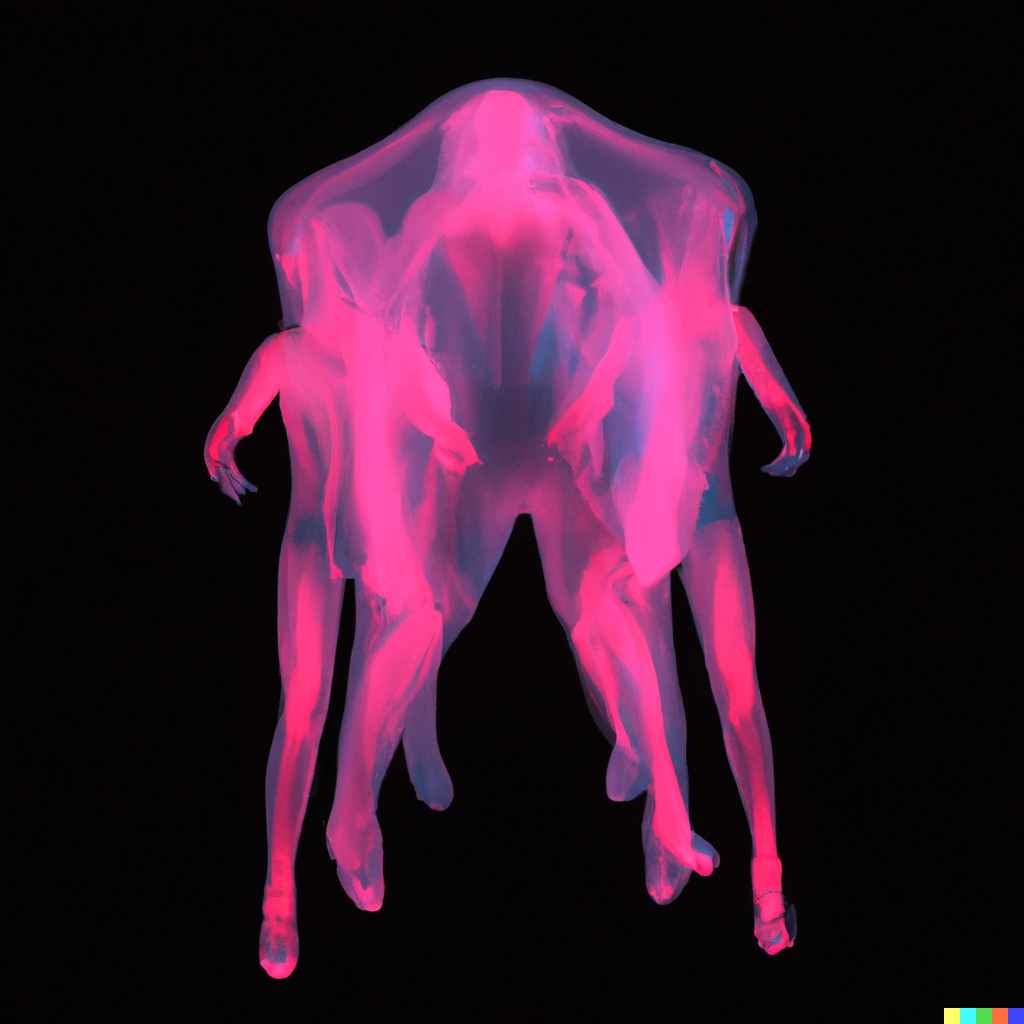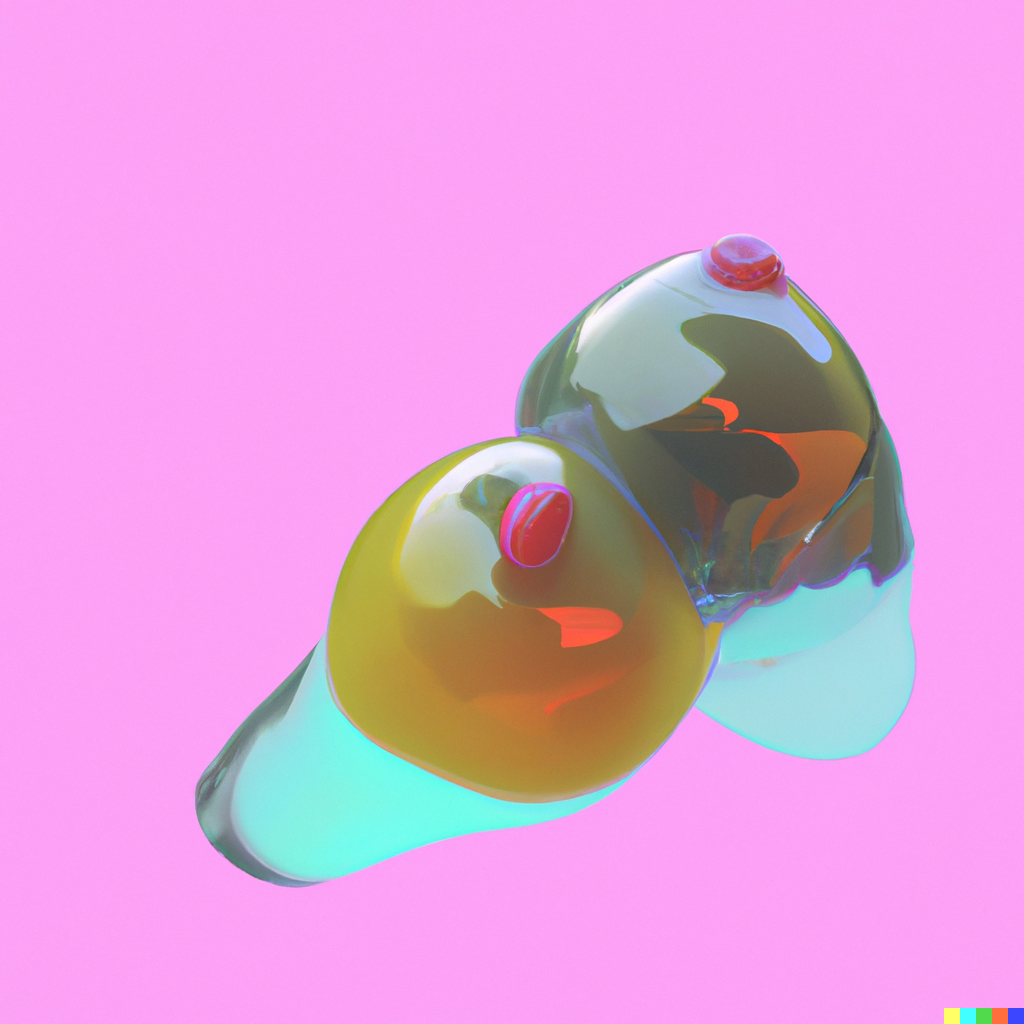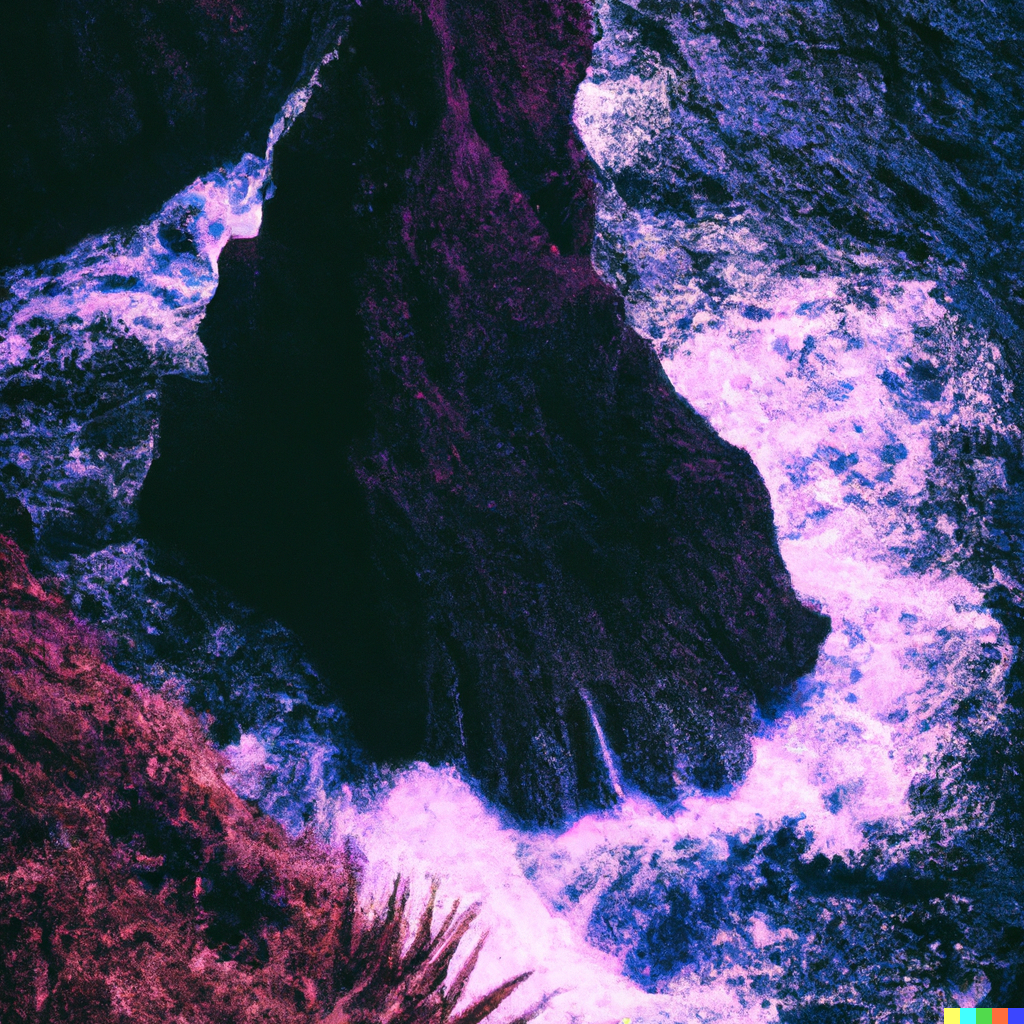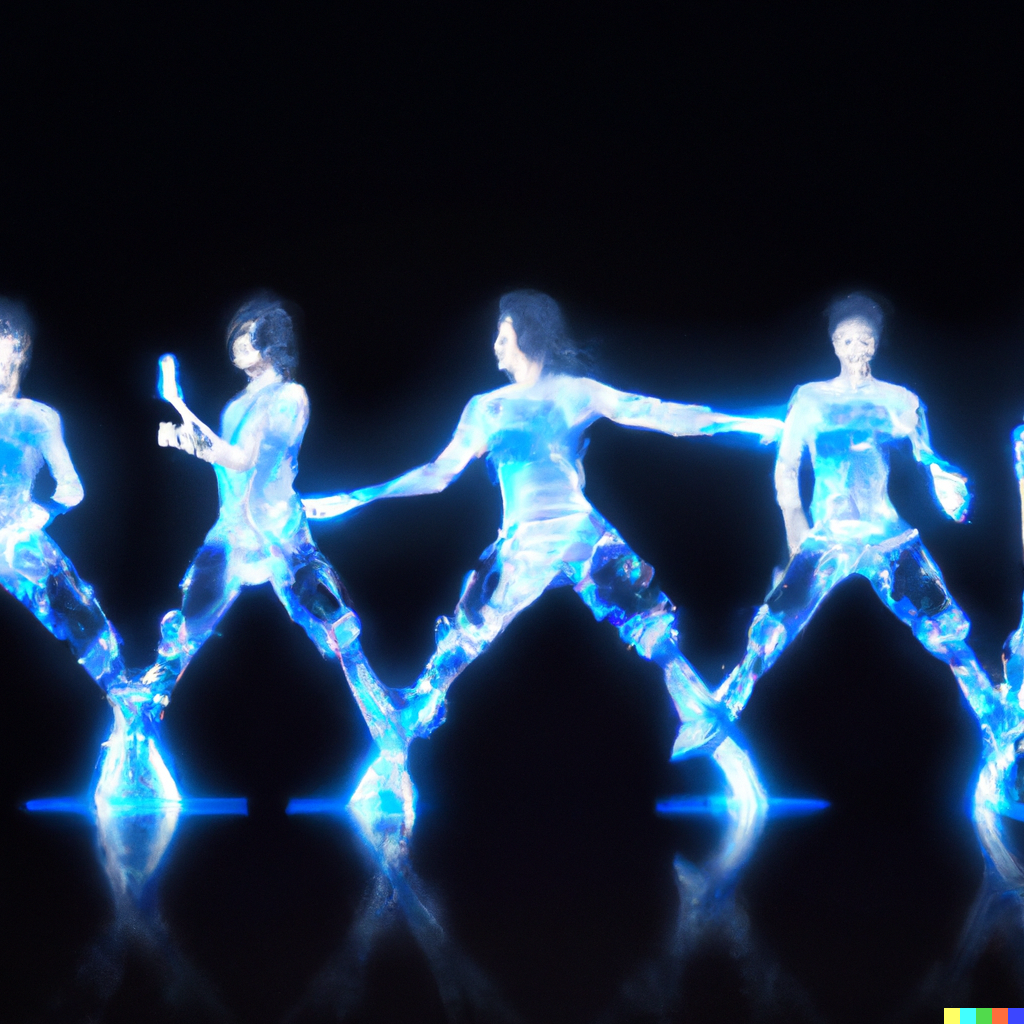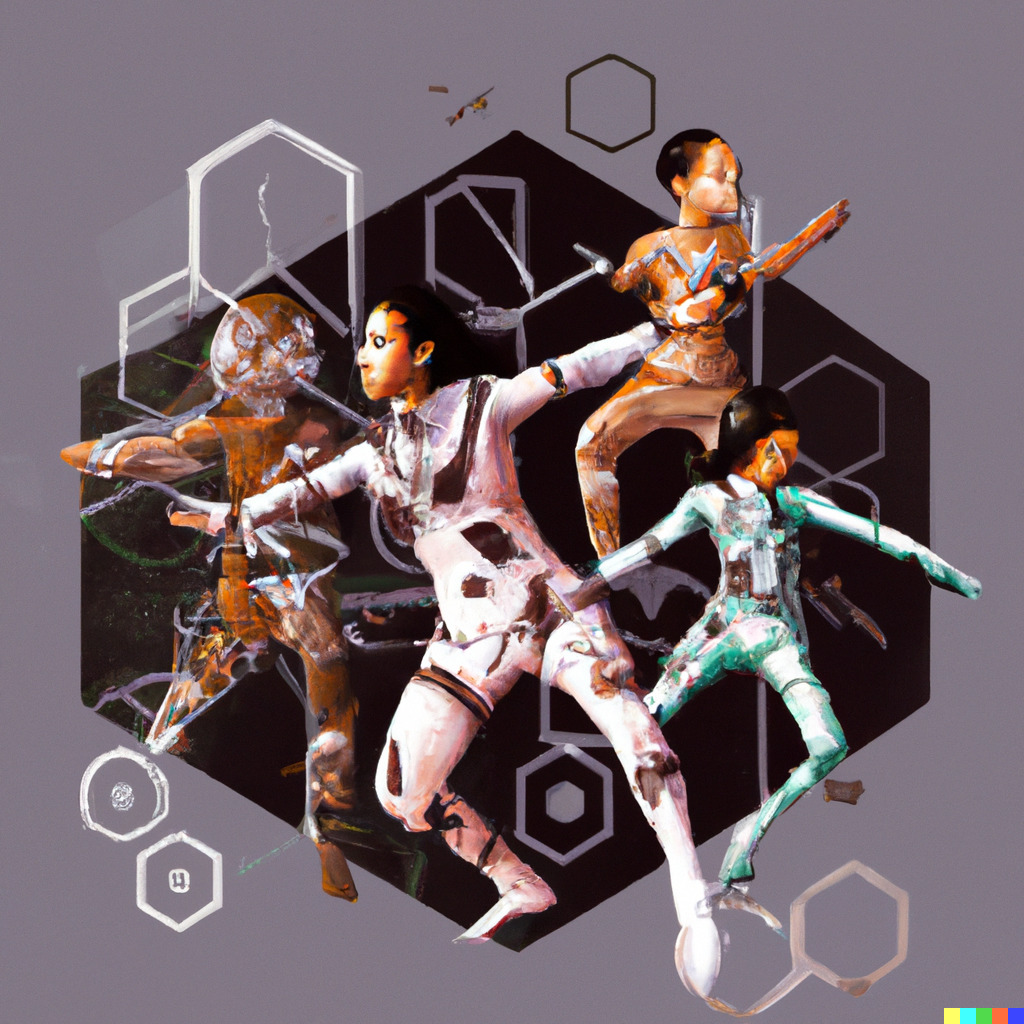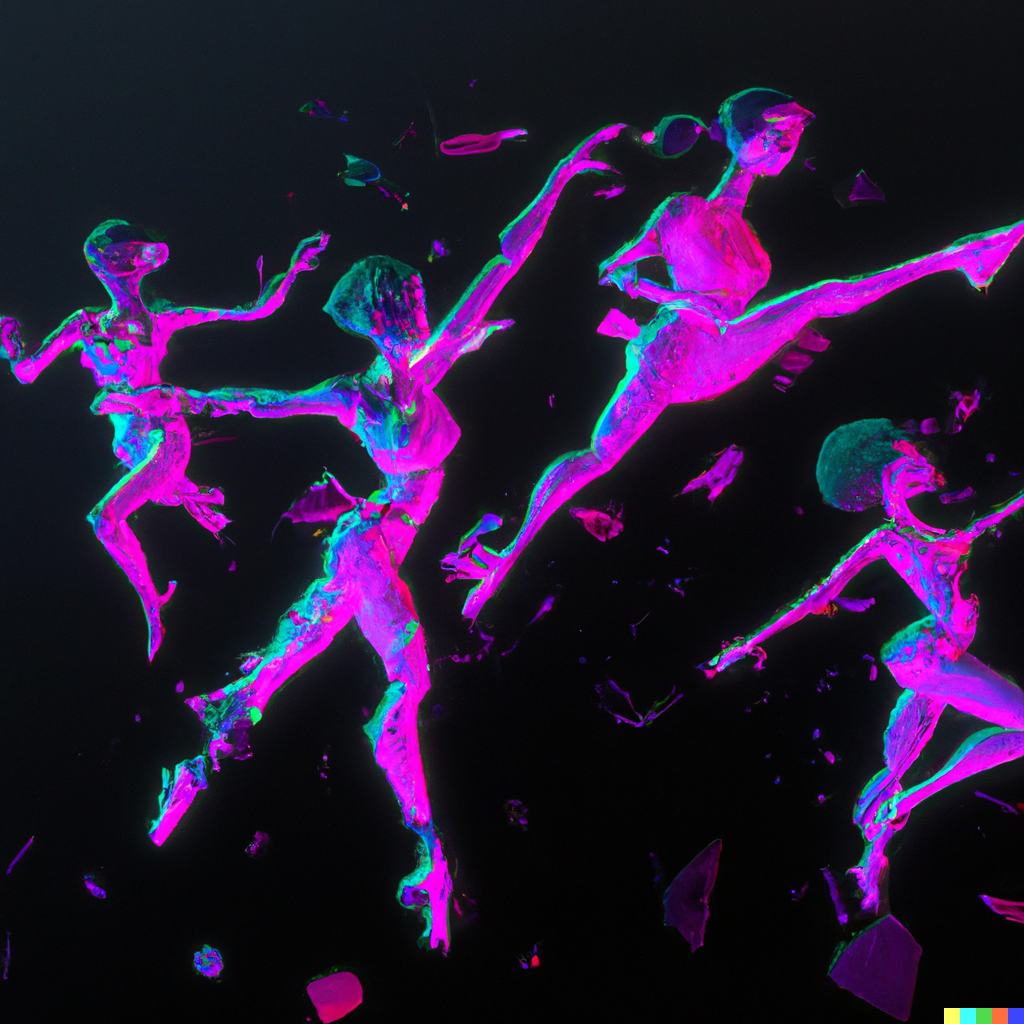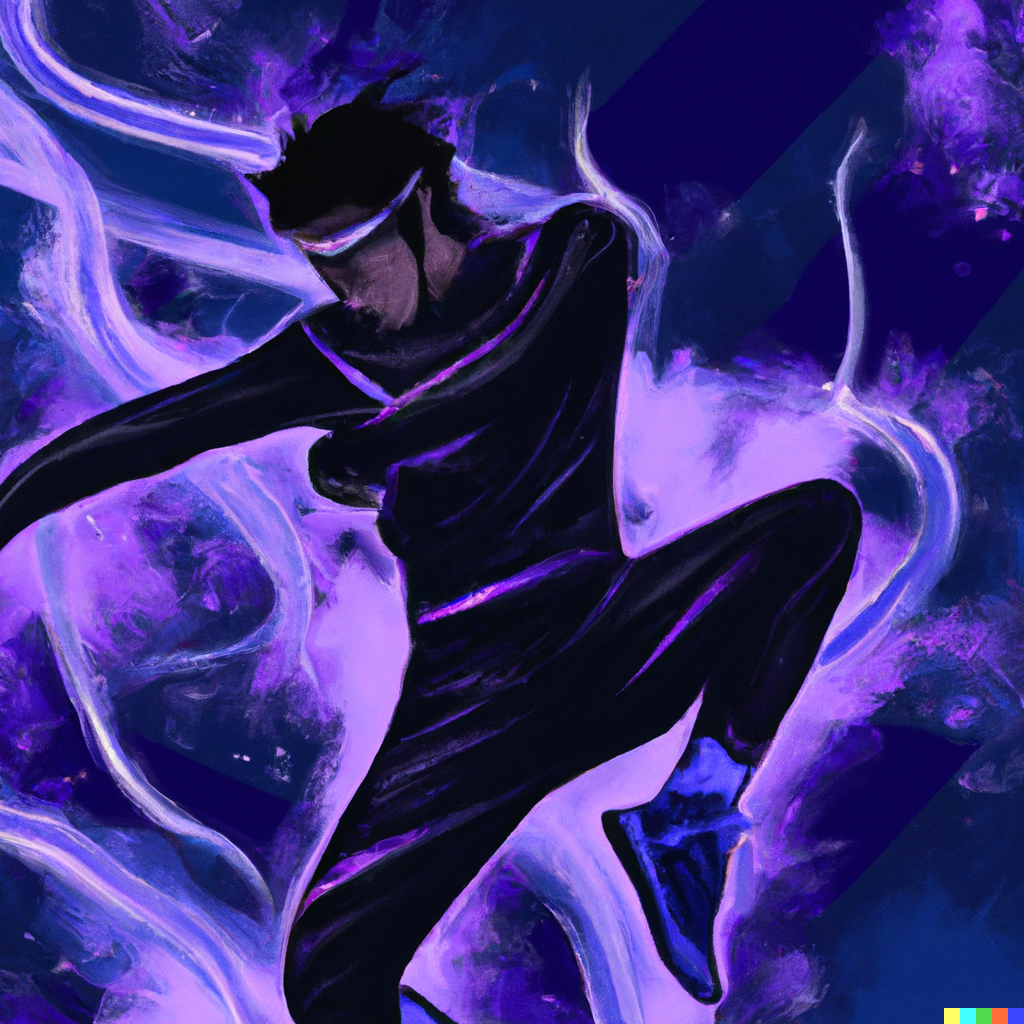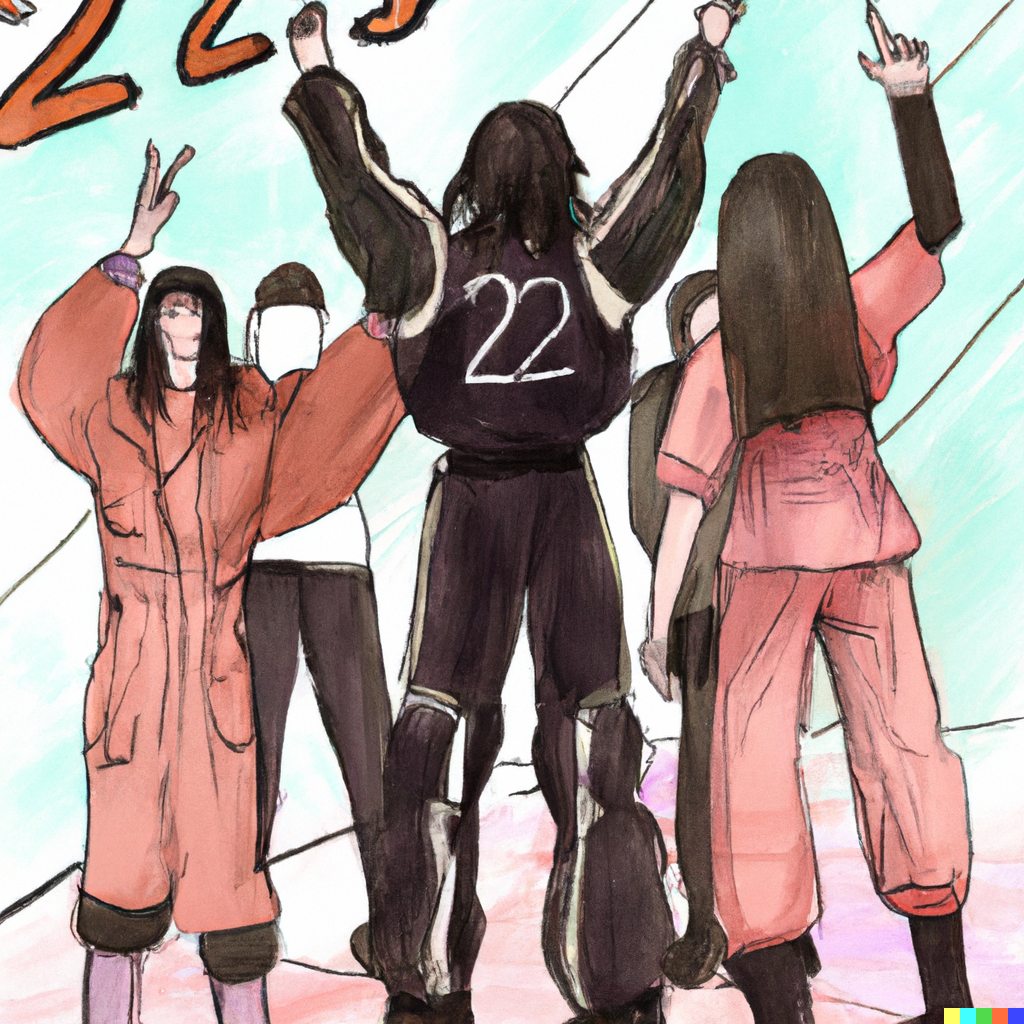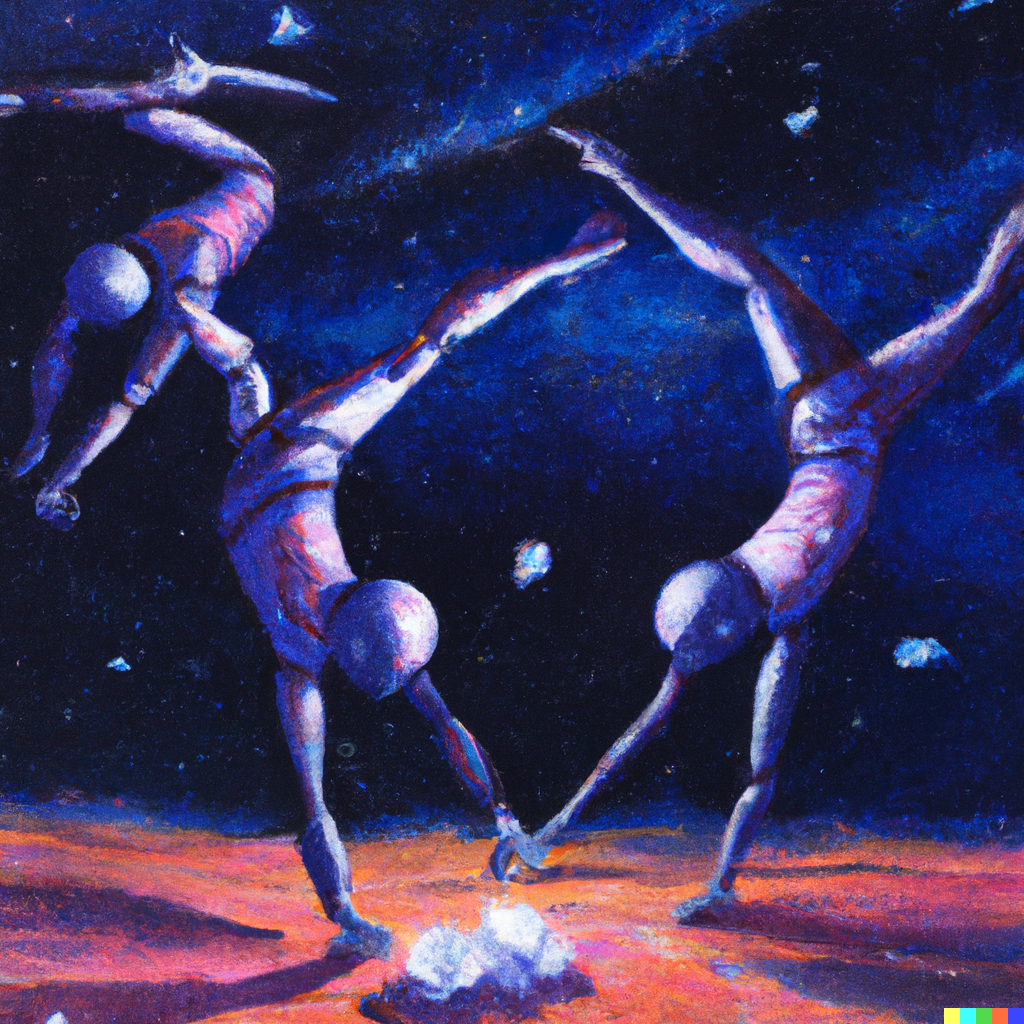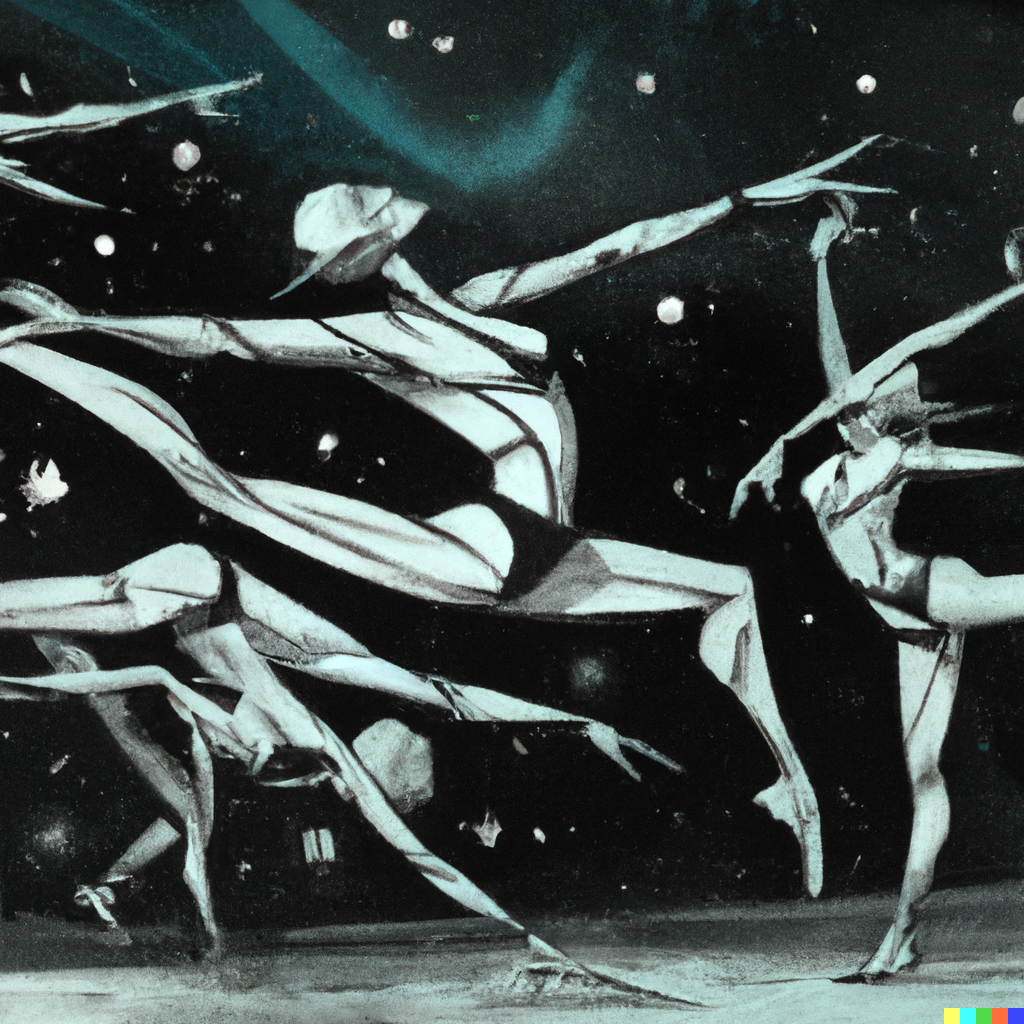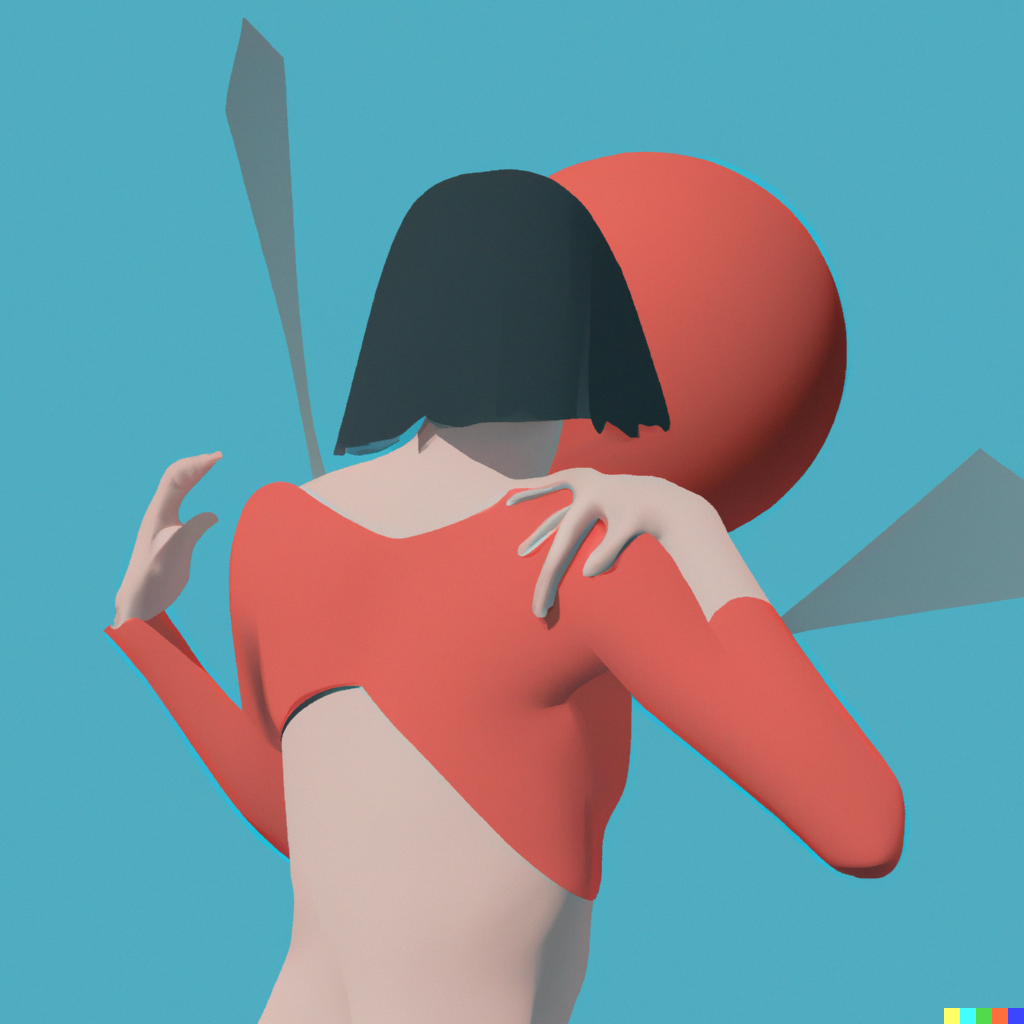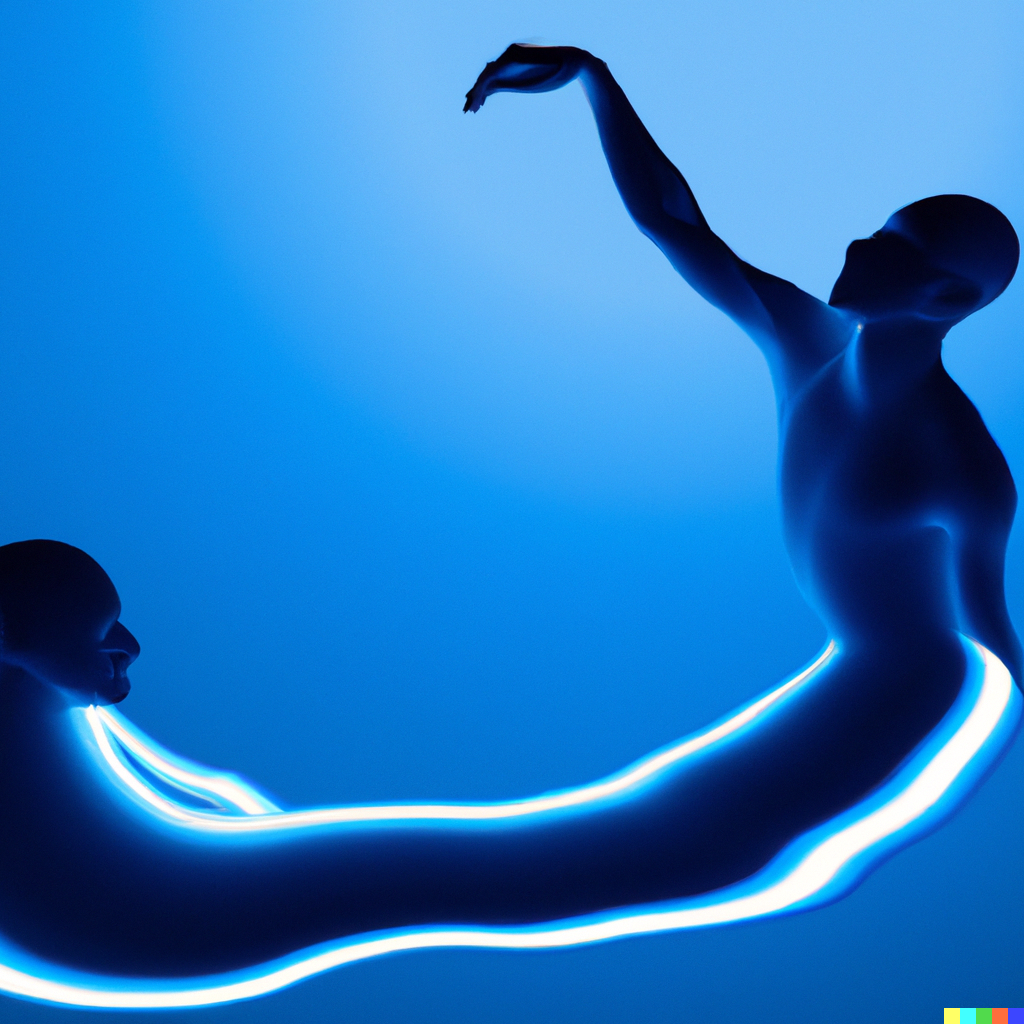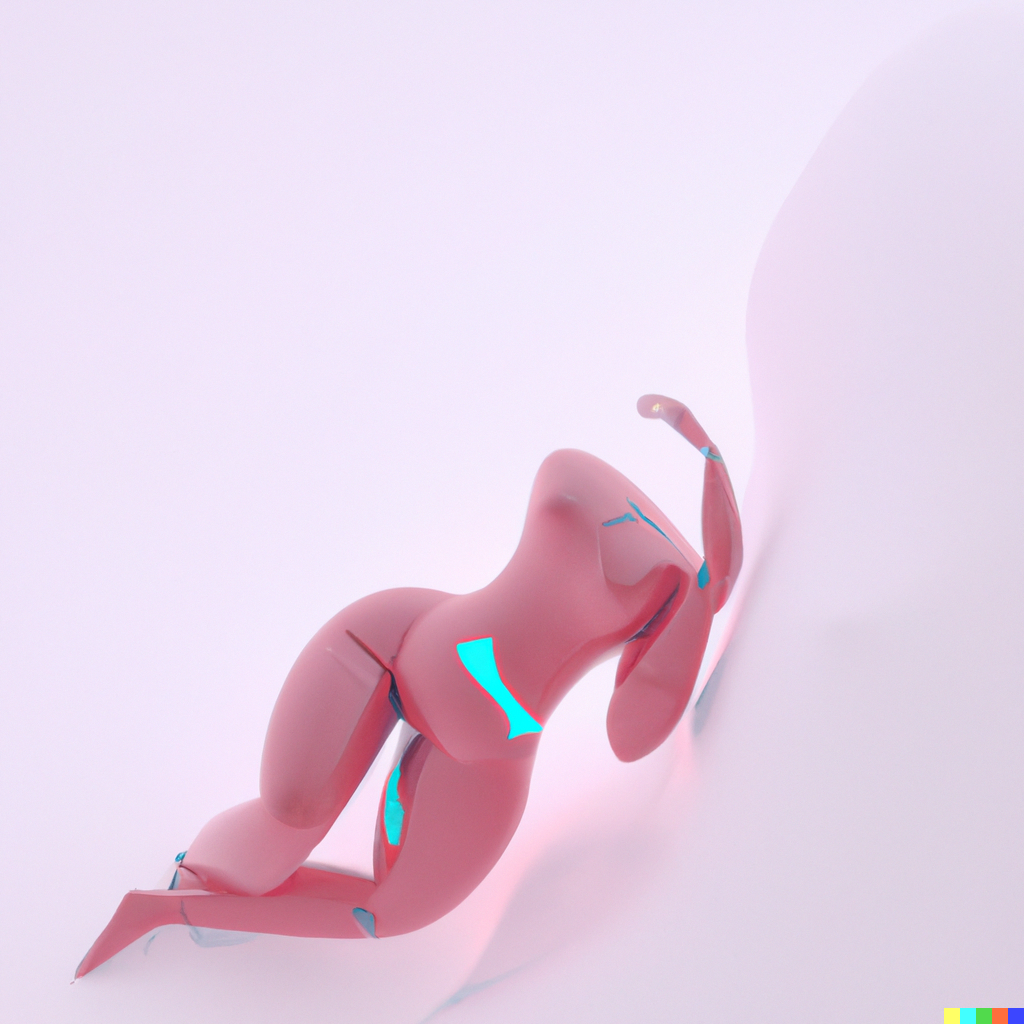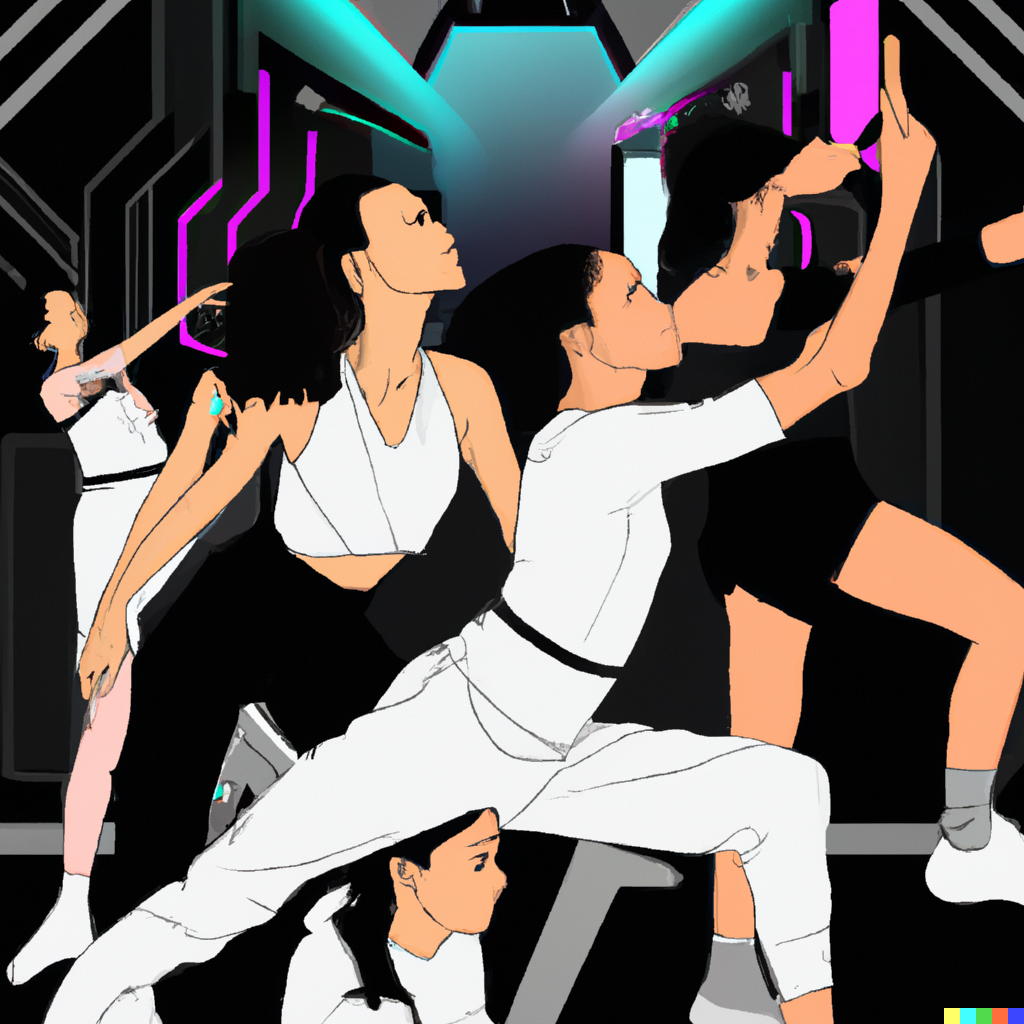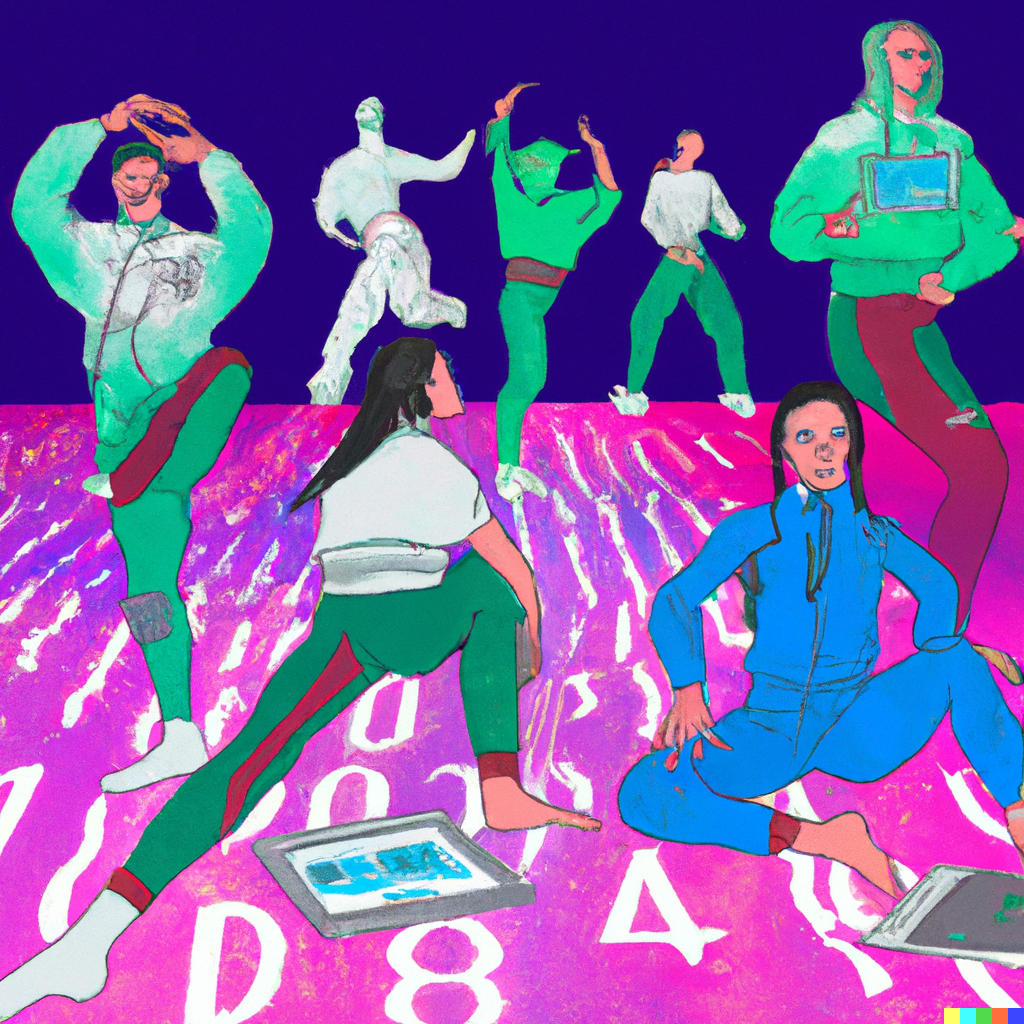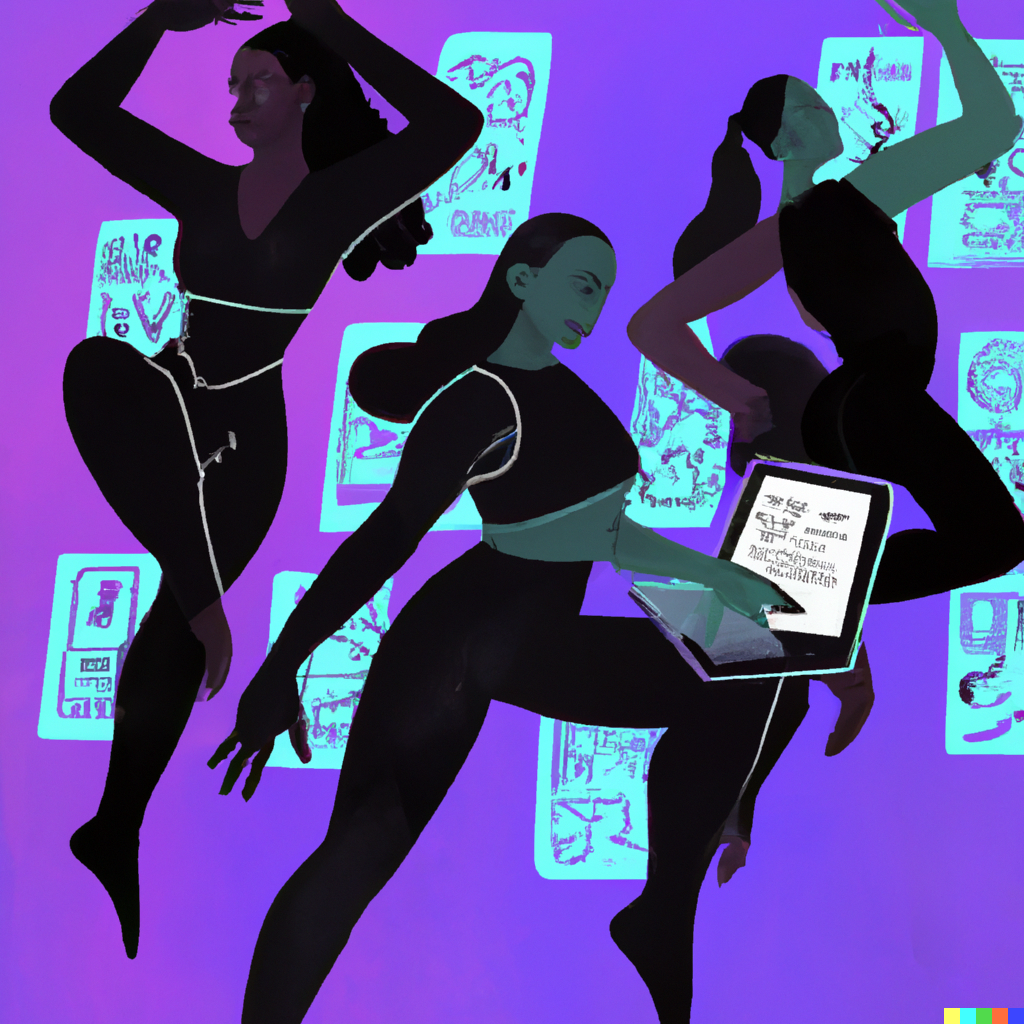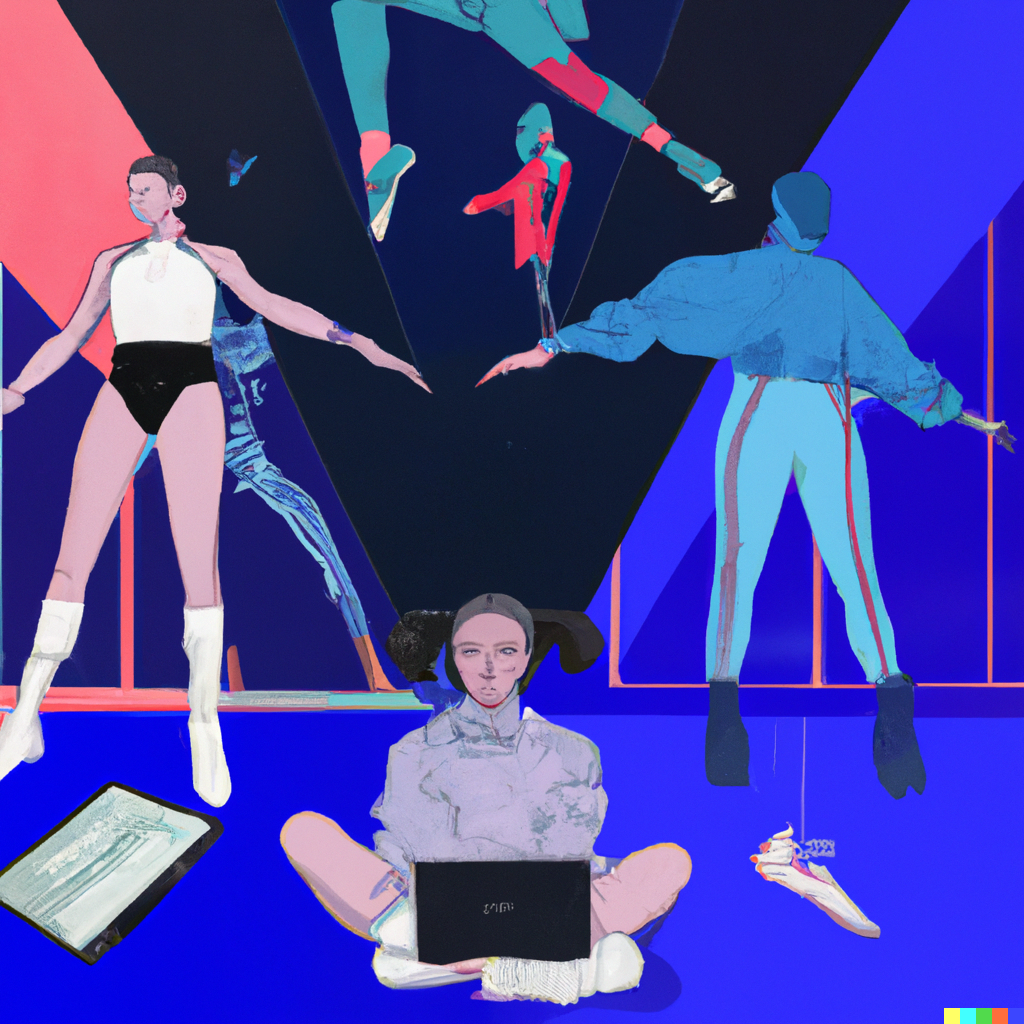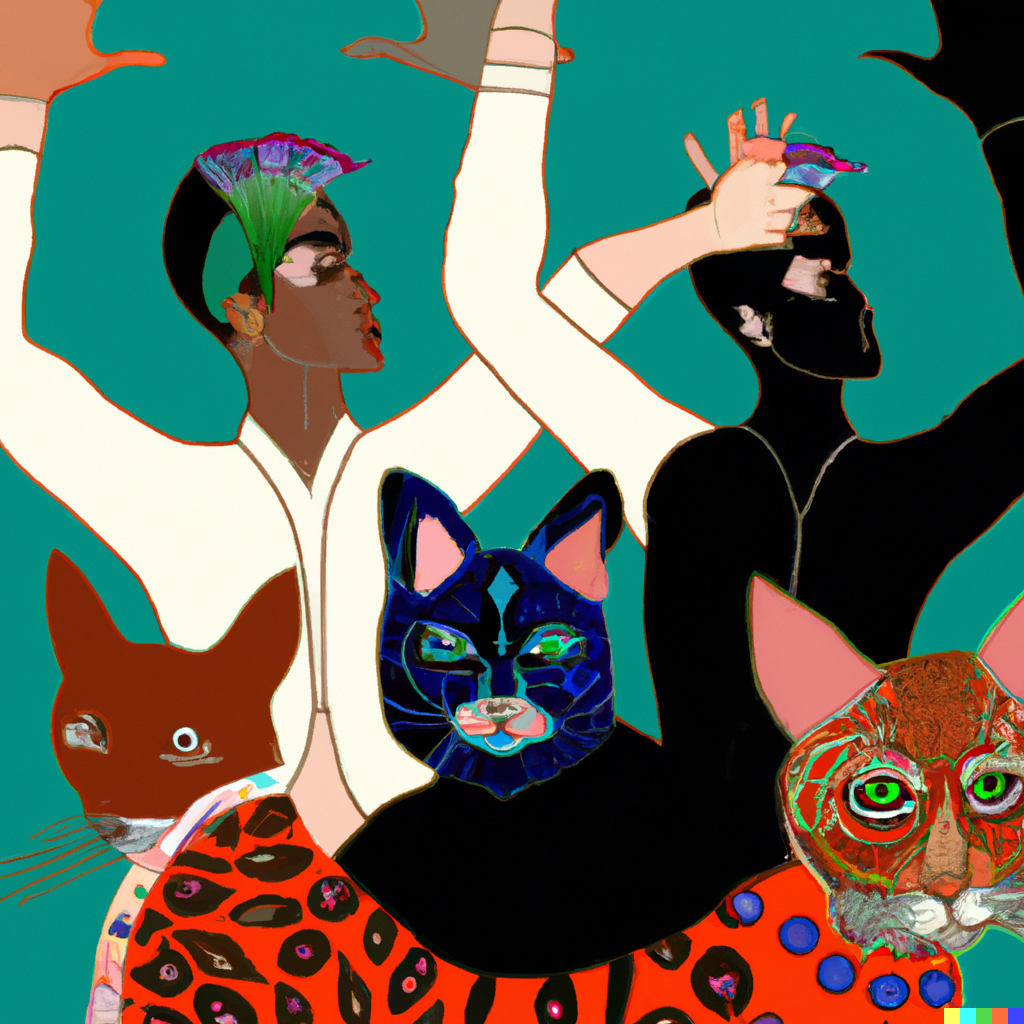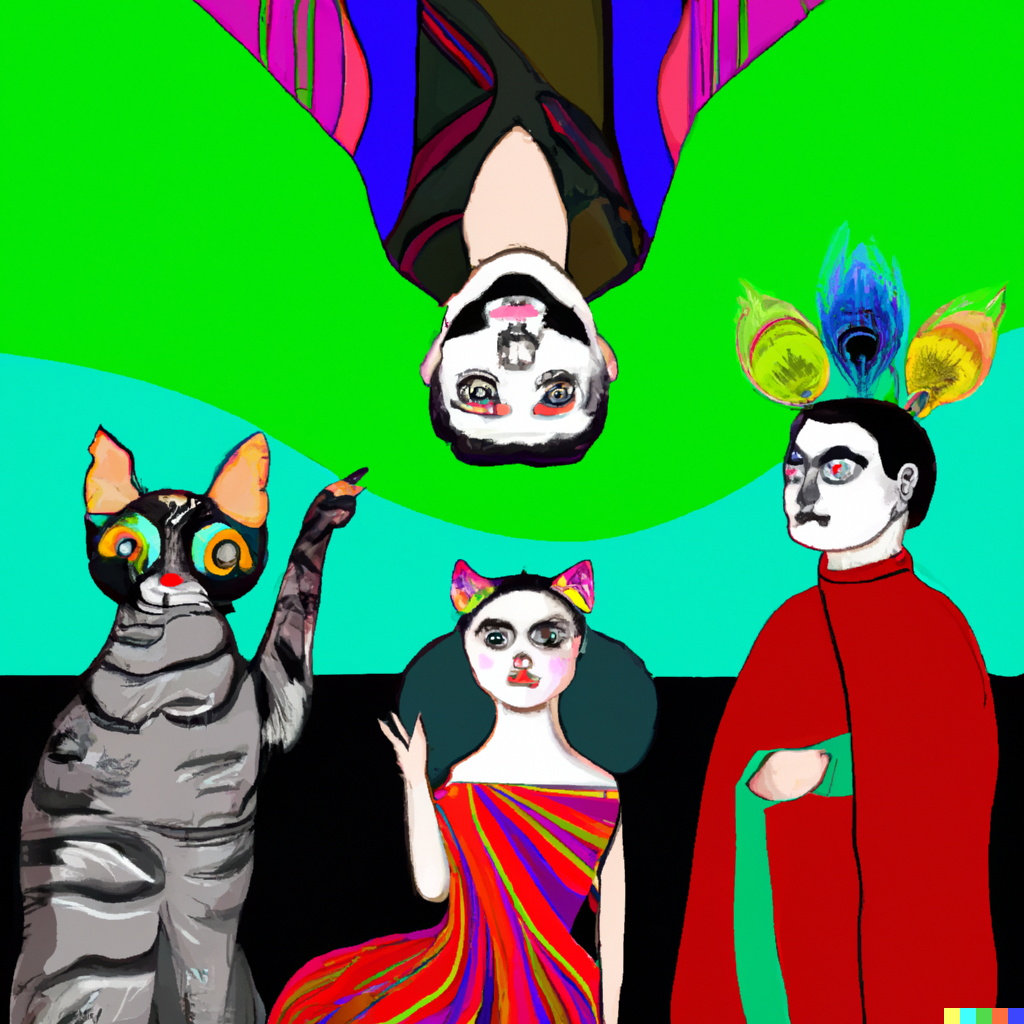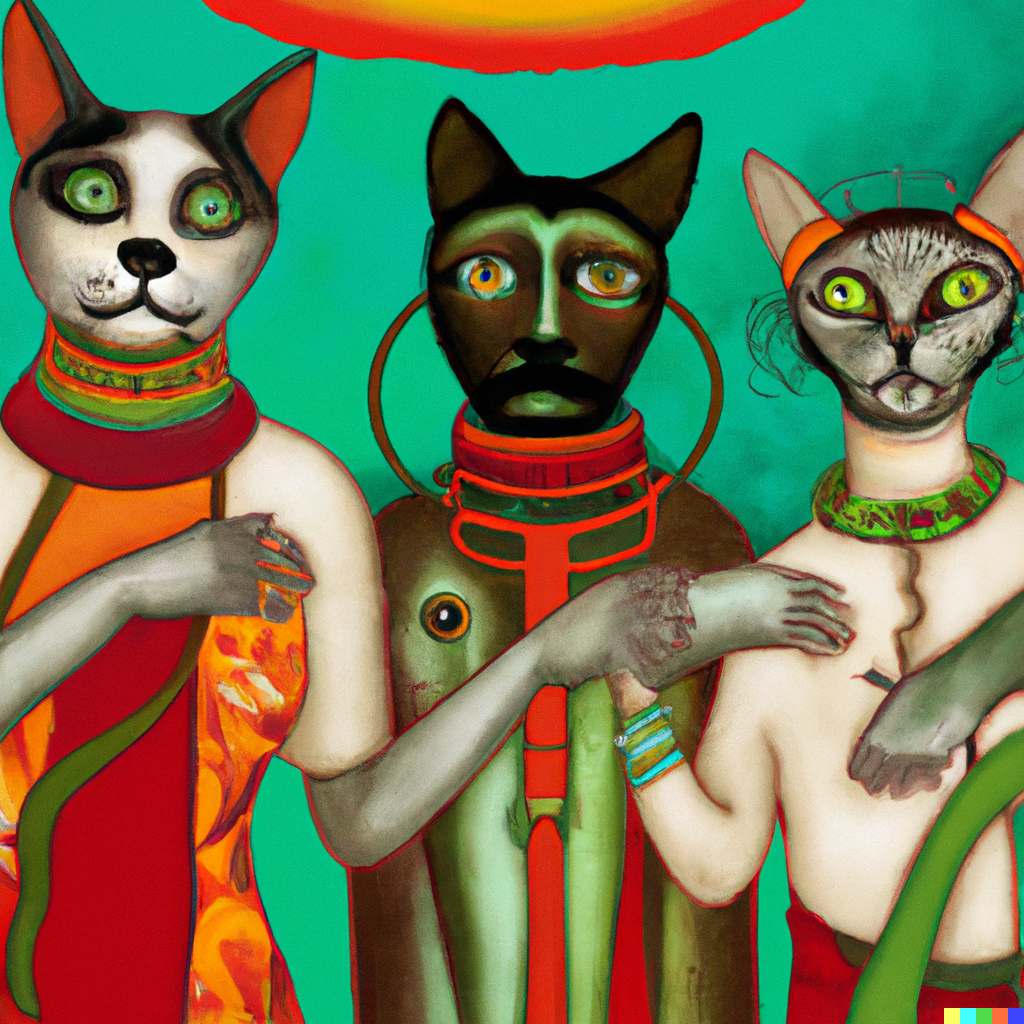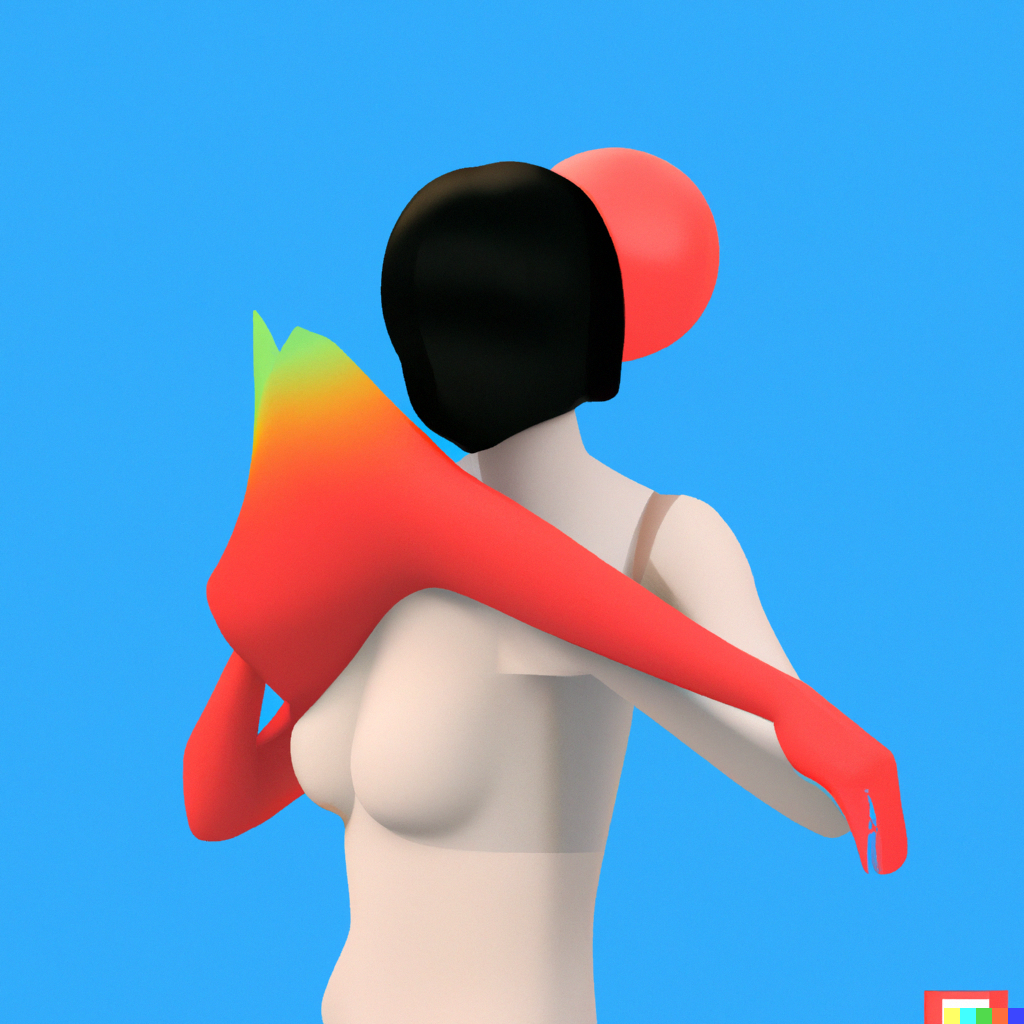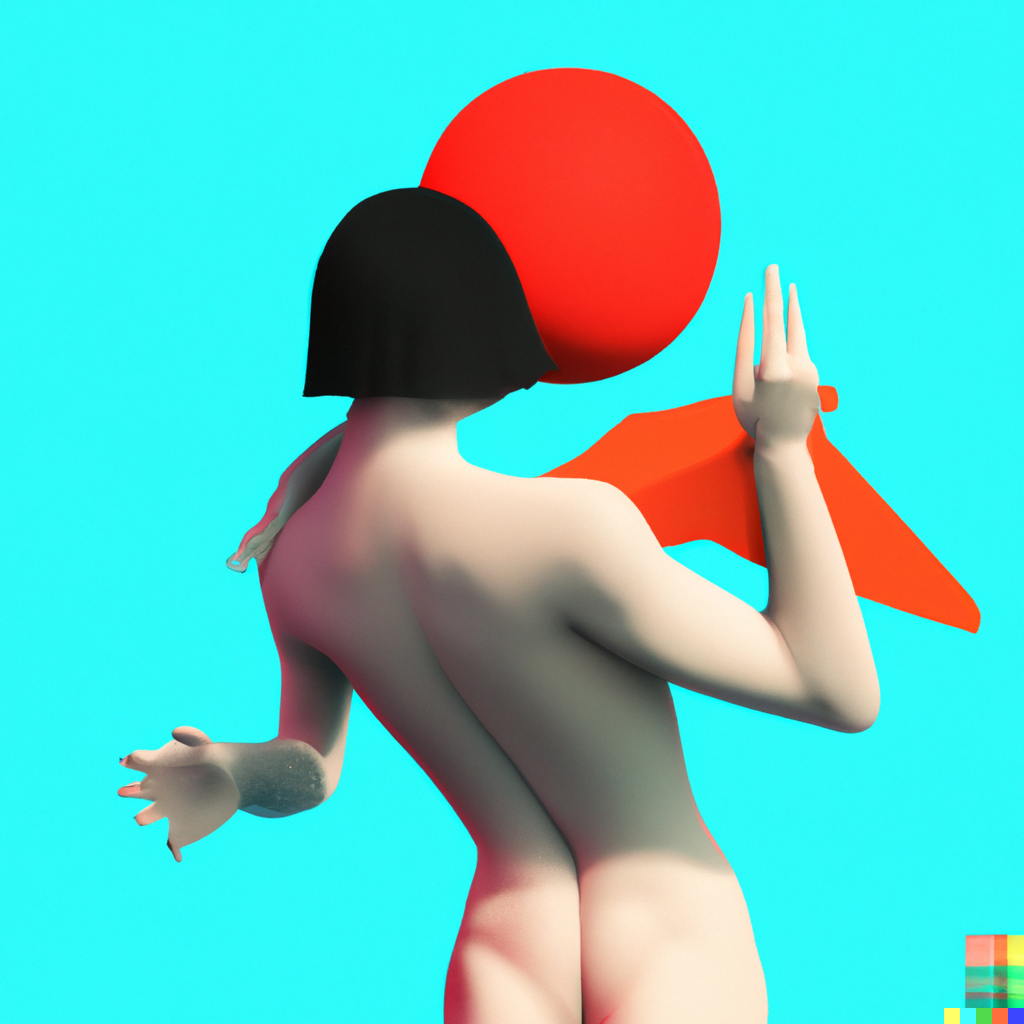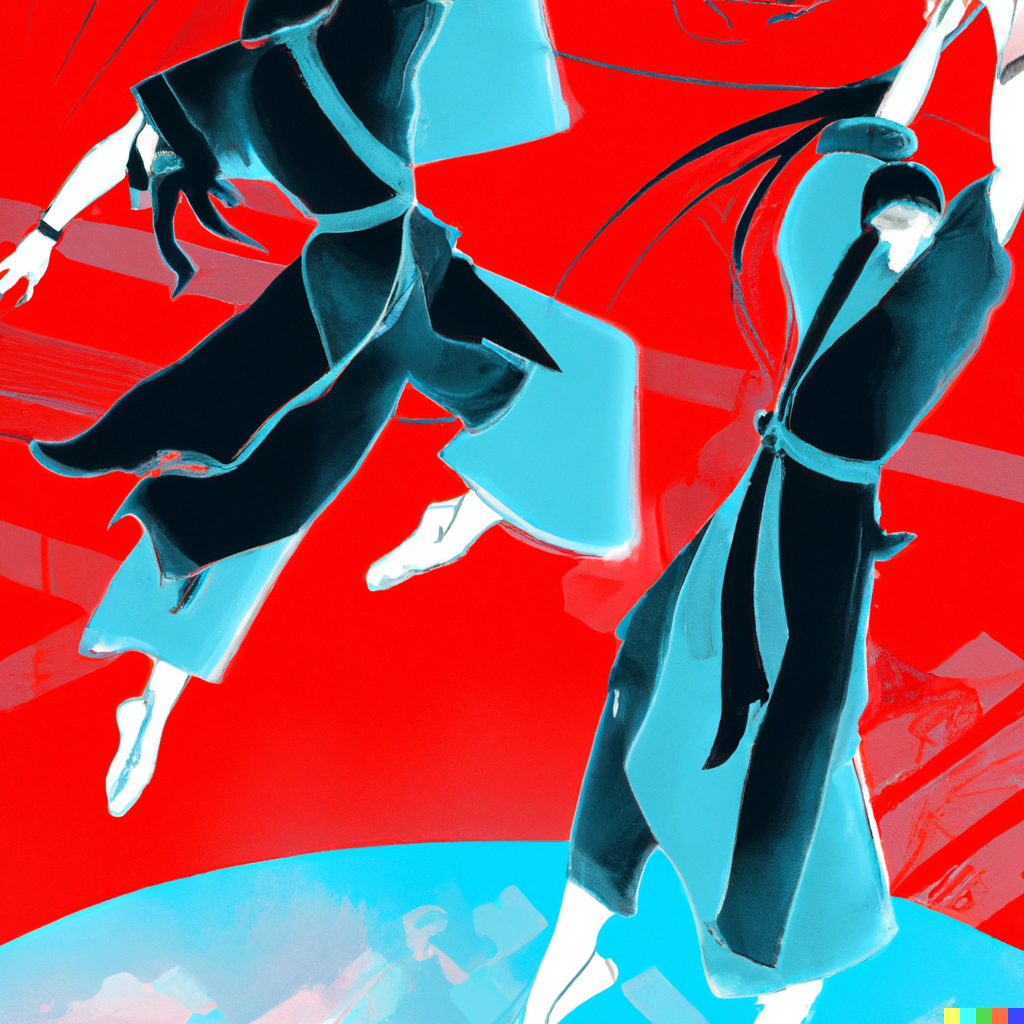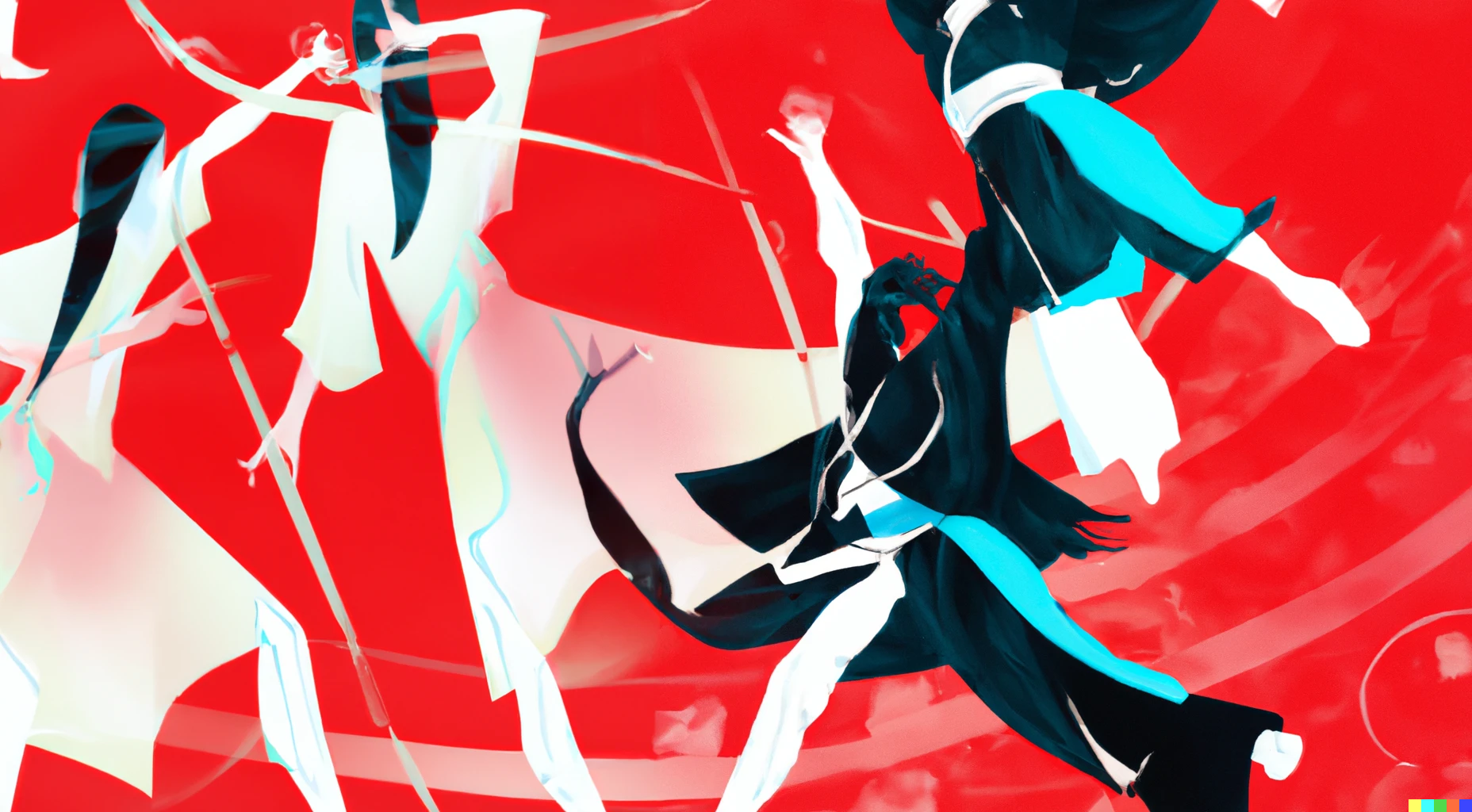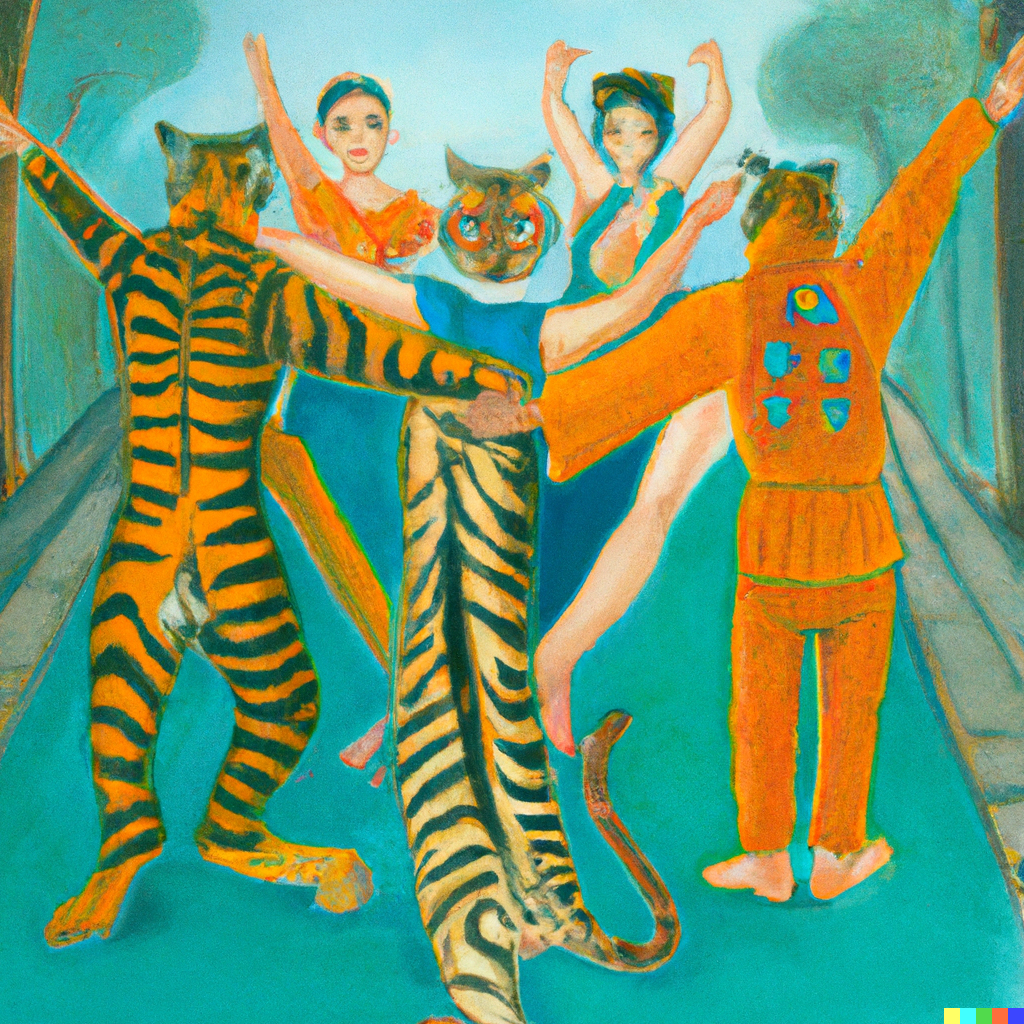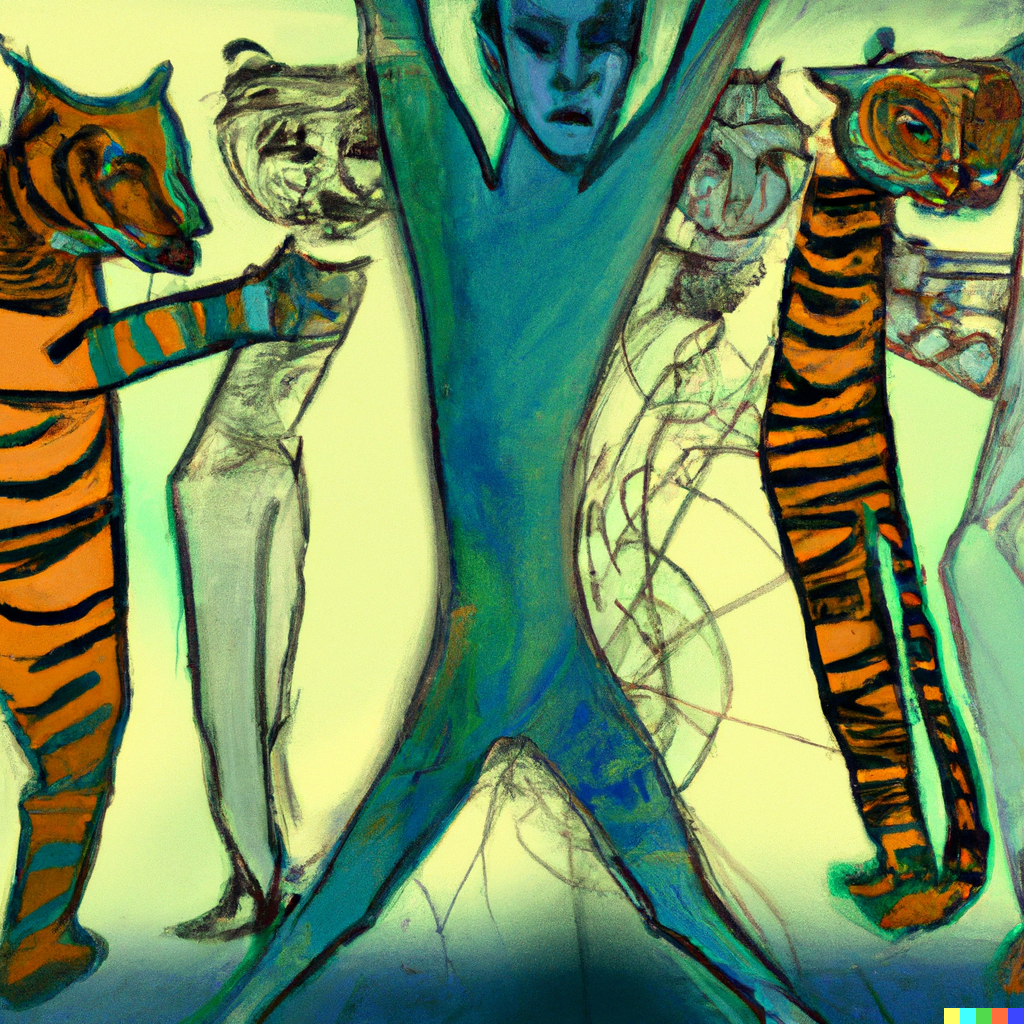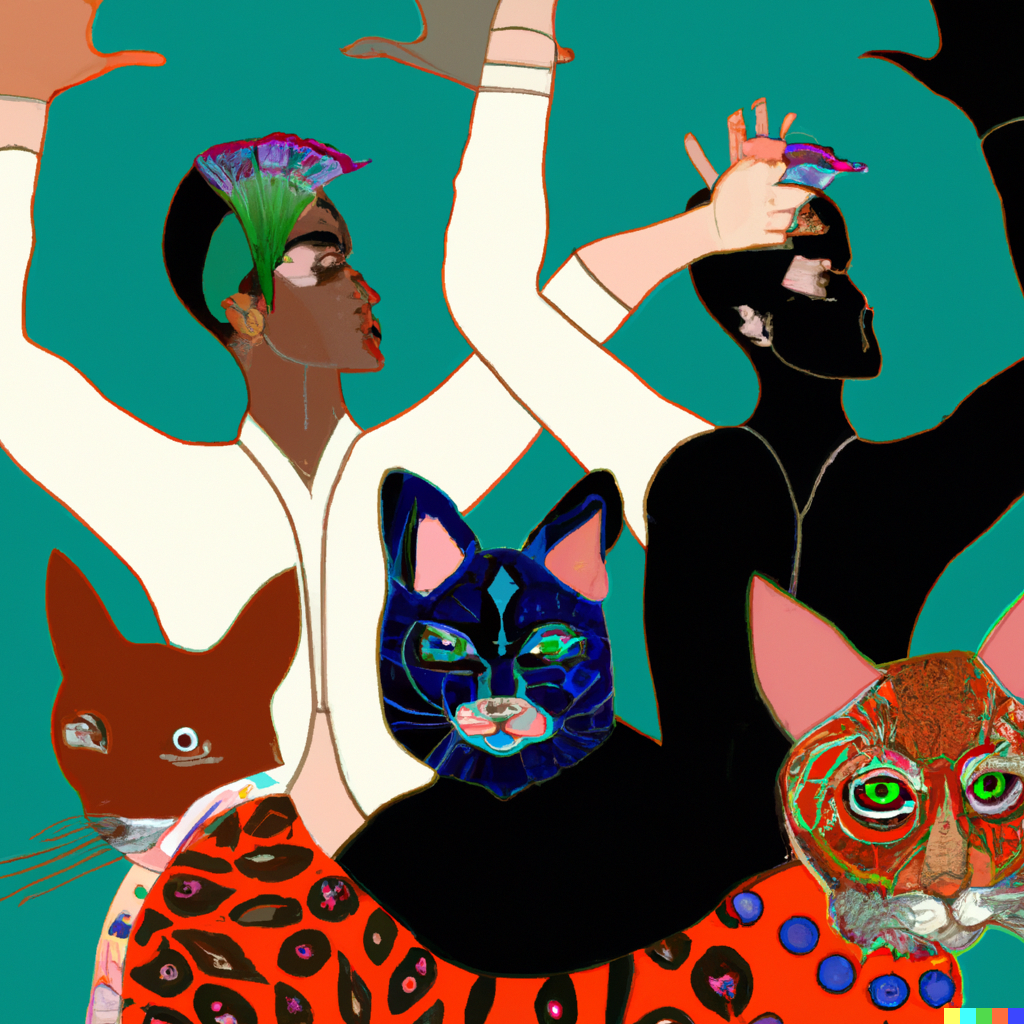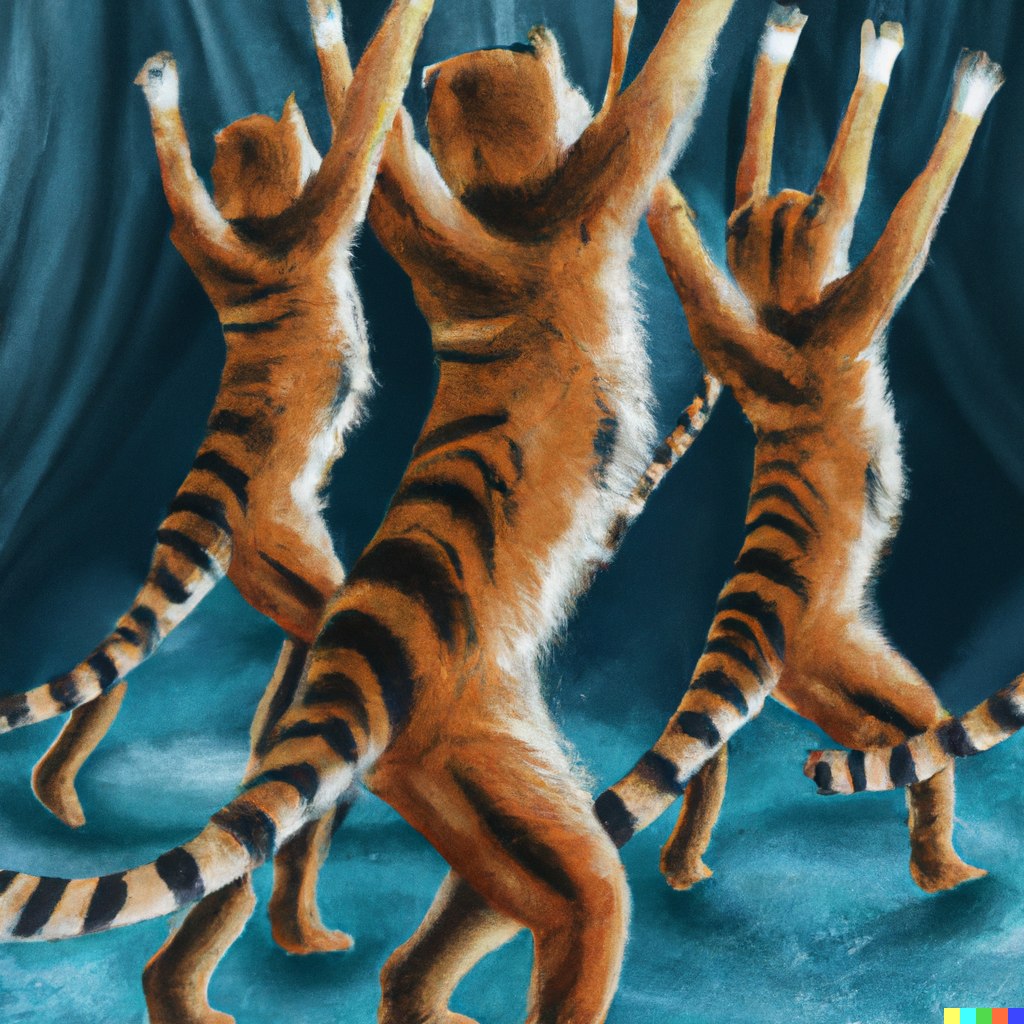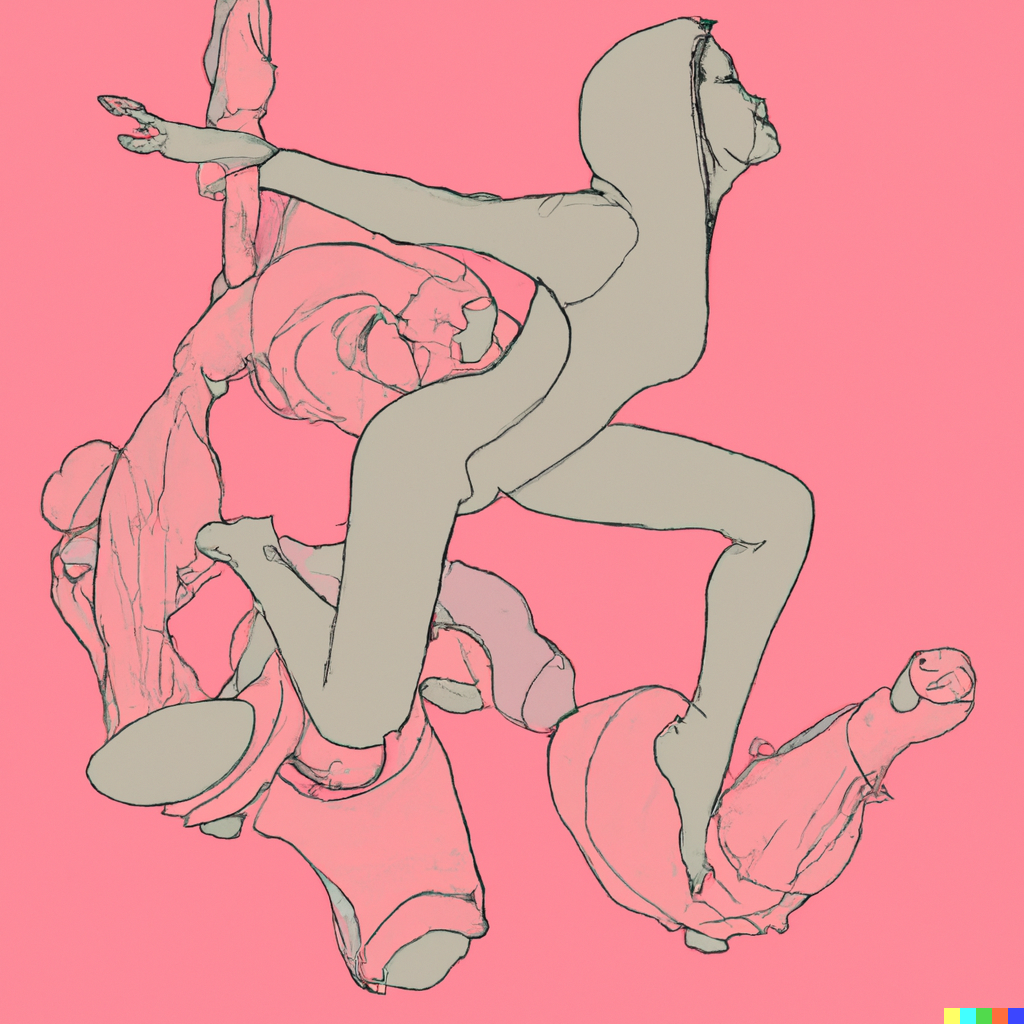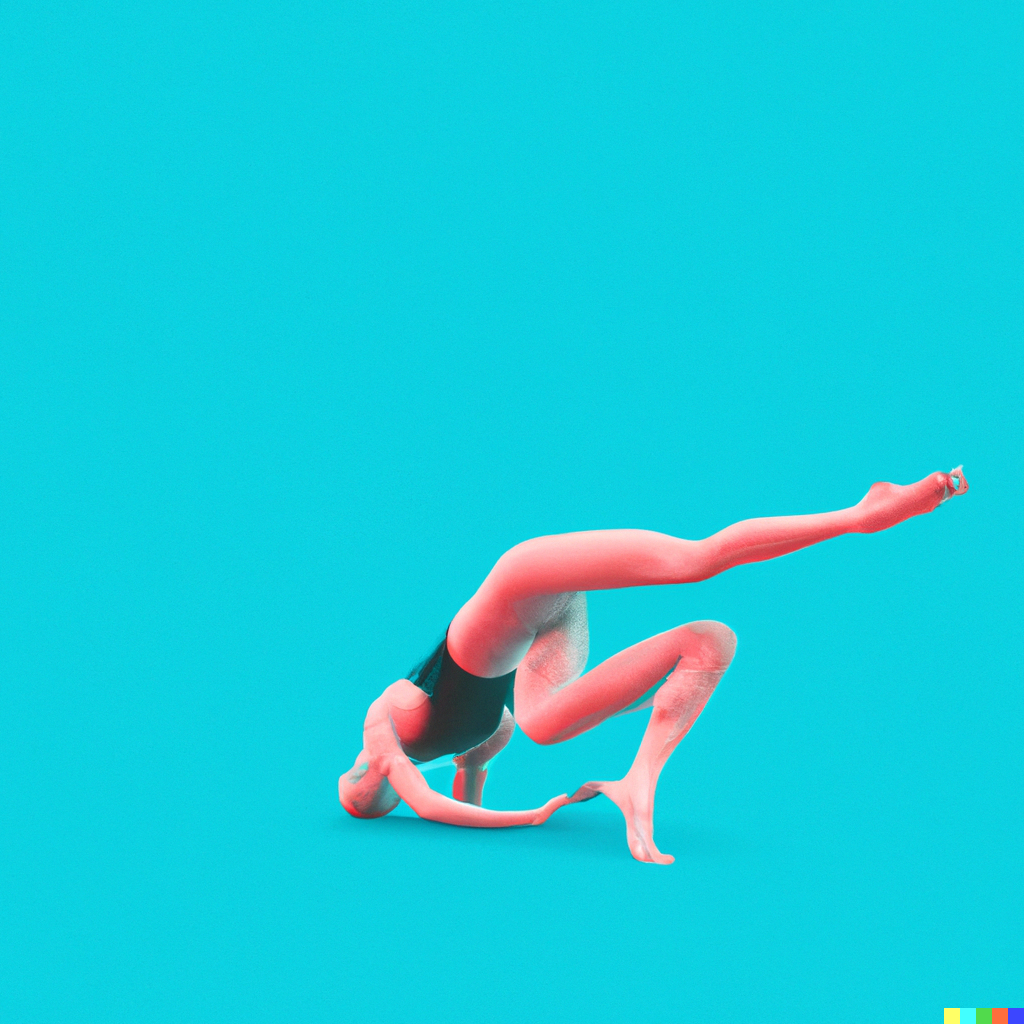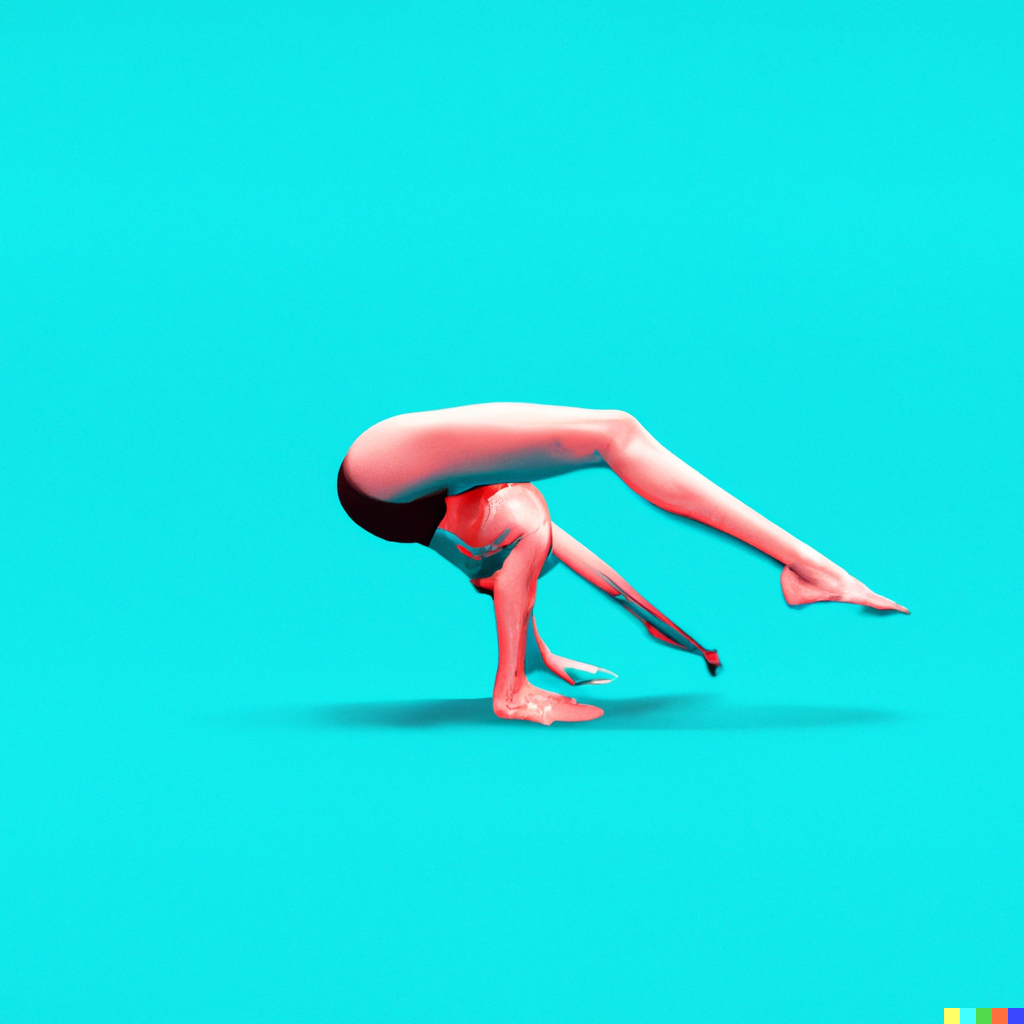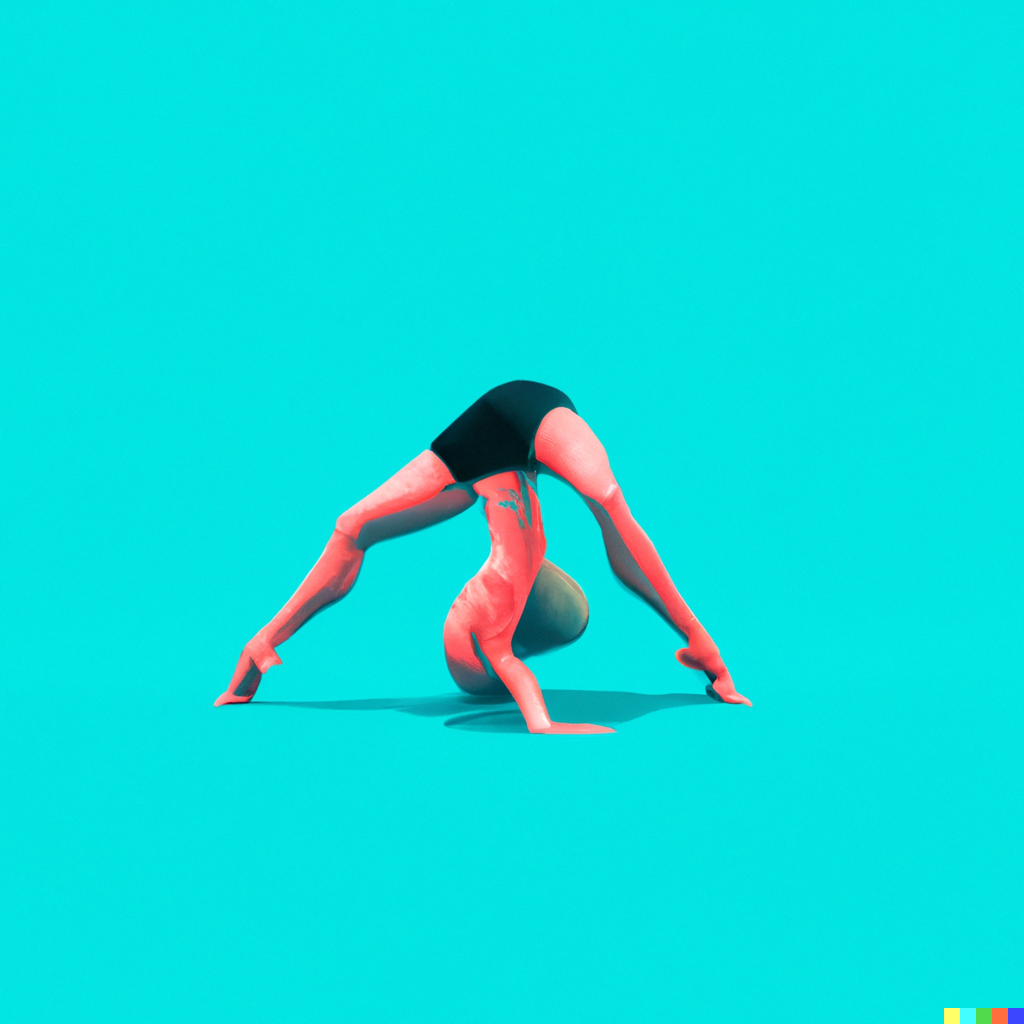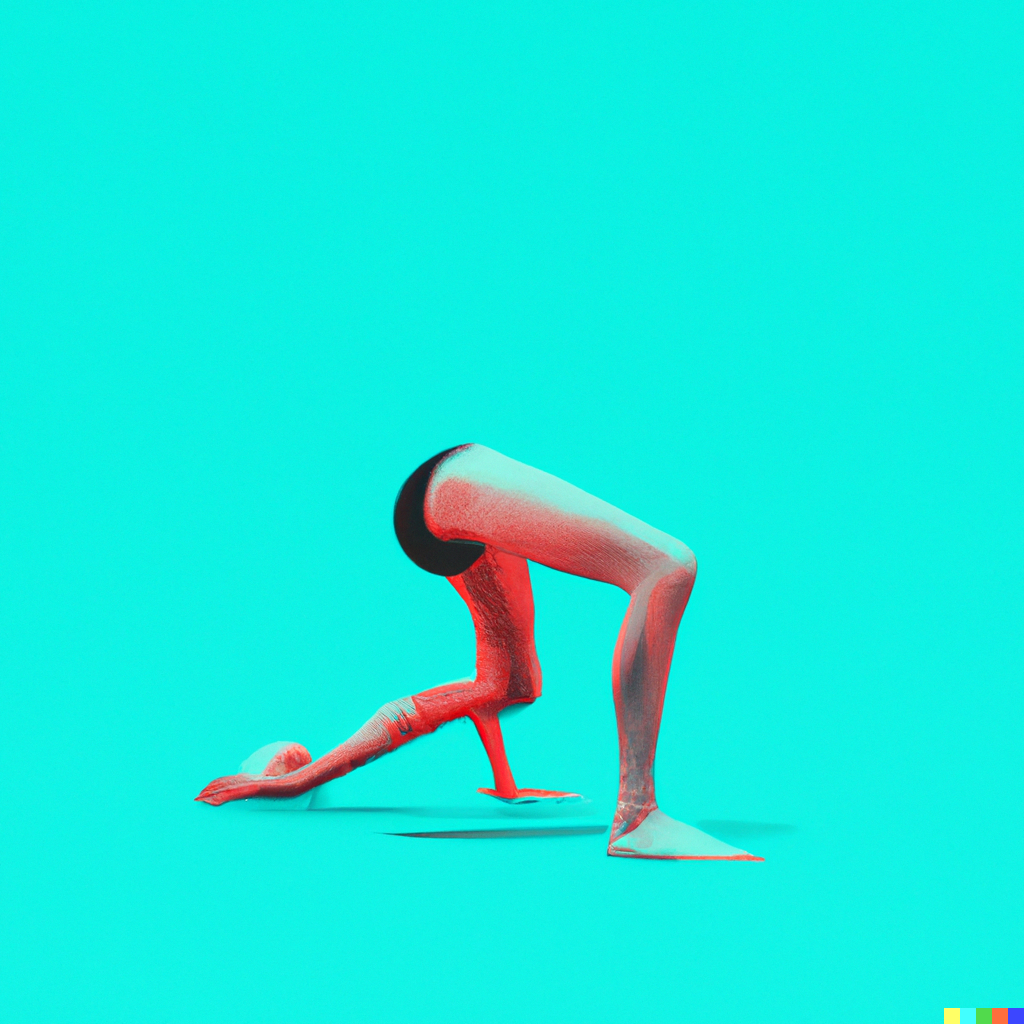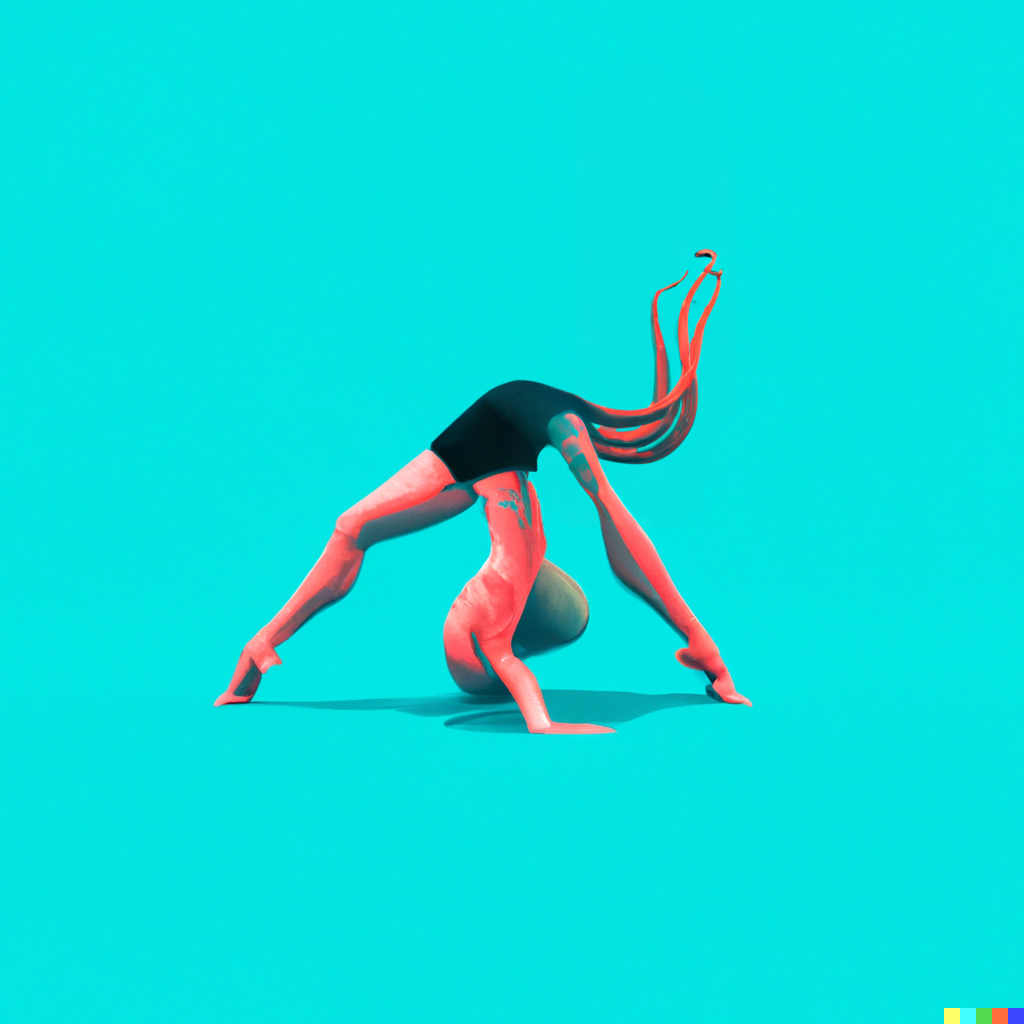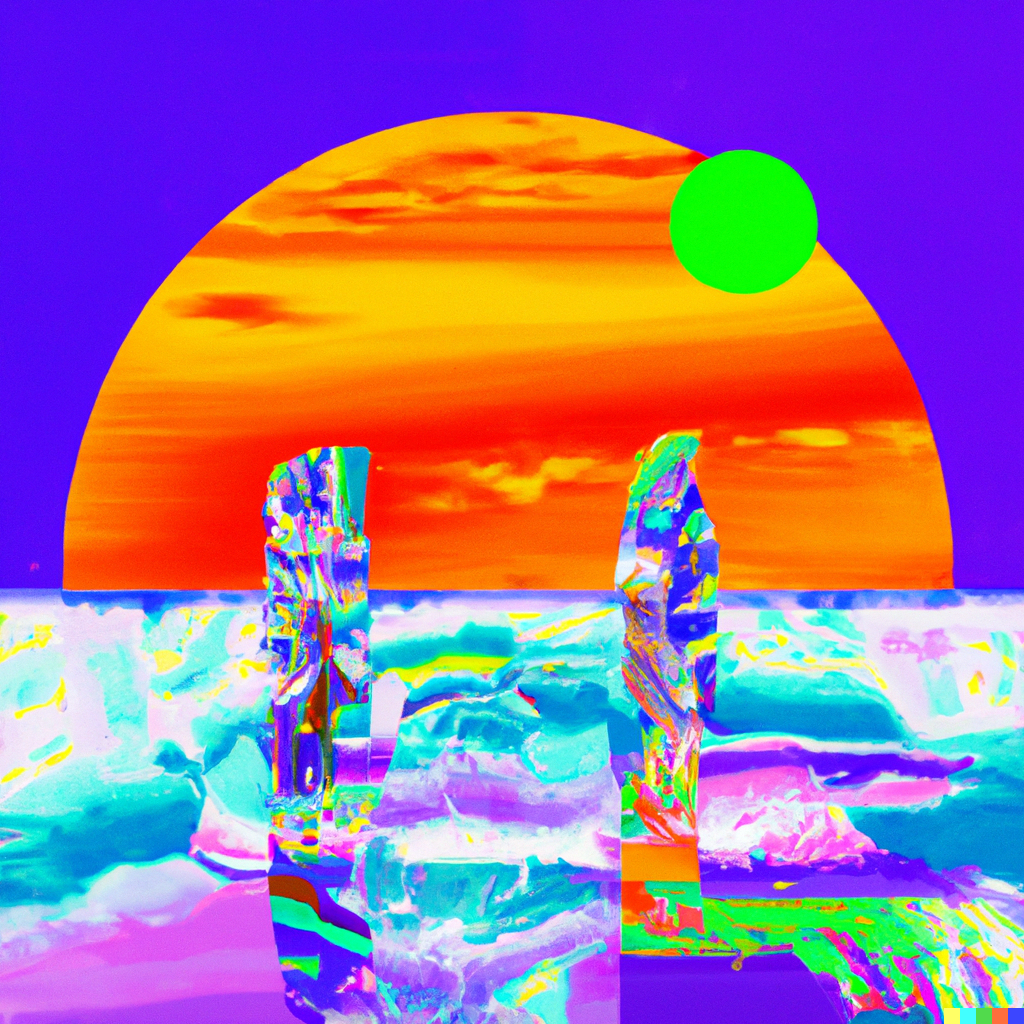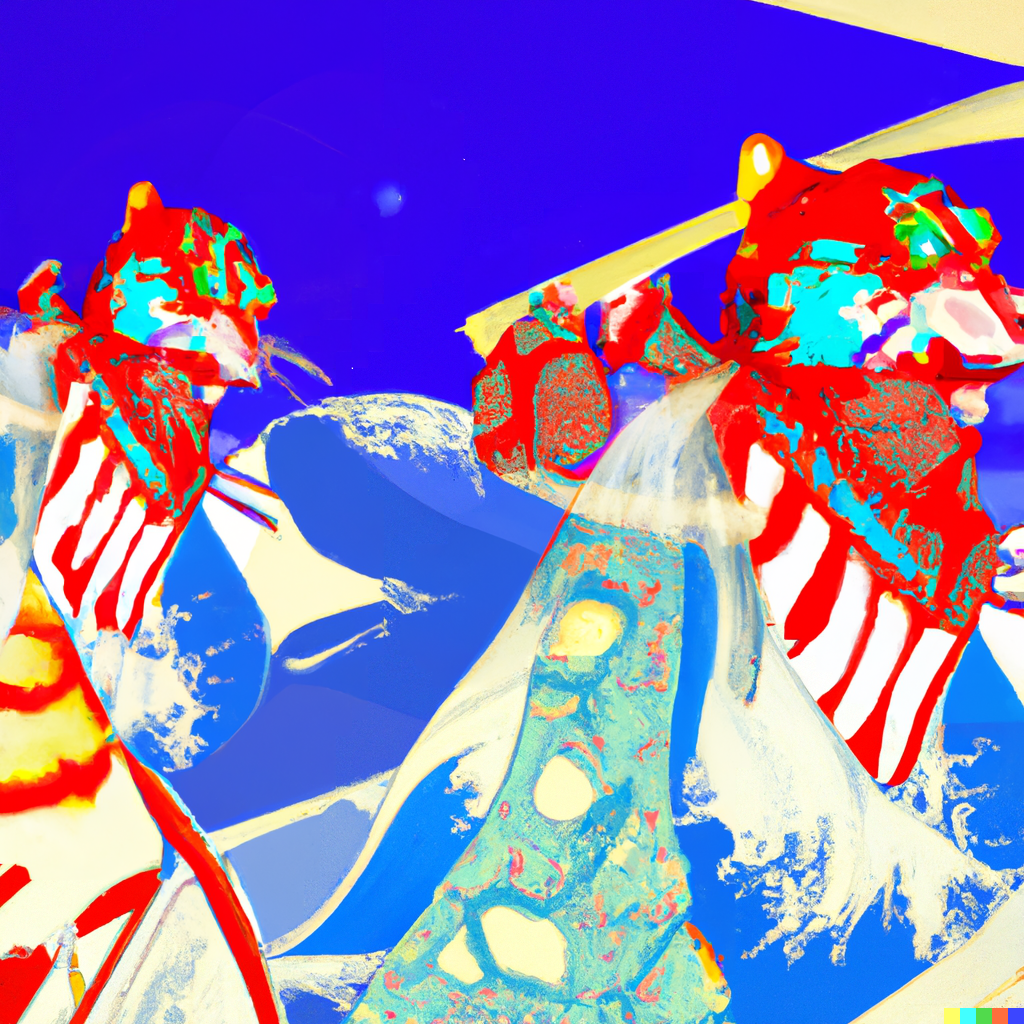
The technical research behind the project Precious Camouflage aims to understand how an AI interprets and transforms various inputs. In order for neuro-networks to generate outputs, they require to be fed information and trained through datasets. As these datasets are curated by humans, one of the challenges is to comprehend how an AI perceives and analyses input images, to give it information that the AI can process.
//Transform
The beginning of the research focuses on an image-to-image concept, the aim is to teach the AI, in this case a Pix2Pix model, to translate dance movements into waves. We are experimenting with different methods to assemble datasets for this network : by looking at composition, outlines and contrast, pictures of dancers are matched with pictures of waves to create an input/output relationship. In the first implementation, the AI is trained to detect and match canny edges from the input as well as the output, this gives an understanding on how to process the dataset.
Another approach is to teach the AI to recognize each dancer as one of the elements that composes a wave; one of the dancers is identified as foam, the others as dark water, rocks and clear water. Simultaneously, we are exploring an other network, cycleGAN, which unlike the other GAN models for image translation does not require a dataset of paired images. This AI seems to be able to understand and interpret contrast and shape to replace dance patterns by water elements.
//Describe and label
An AI can describe and label different images by using image classification techniques, such as Convolutional Neural Networks (CNNs). These models are trained on large datasets of labeled images and learn to recognize patterns in the images. This part of the research gives us insights on how an AI processes and interprets shapes and colors, which allows us to develop camouflage strategies.
//Interpret
Through her innovative choreographic works, Charlotte Triebus explores Dall-e and its ability to generate images from text. The AI was asked to interpret prompts like “mind-bending and gravity defying movements”, or “a dance ensemble hiding from technology”. These outputs inspire and feed the conversation between the movements of the dancers and the AI’s visions.


